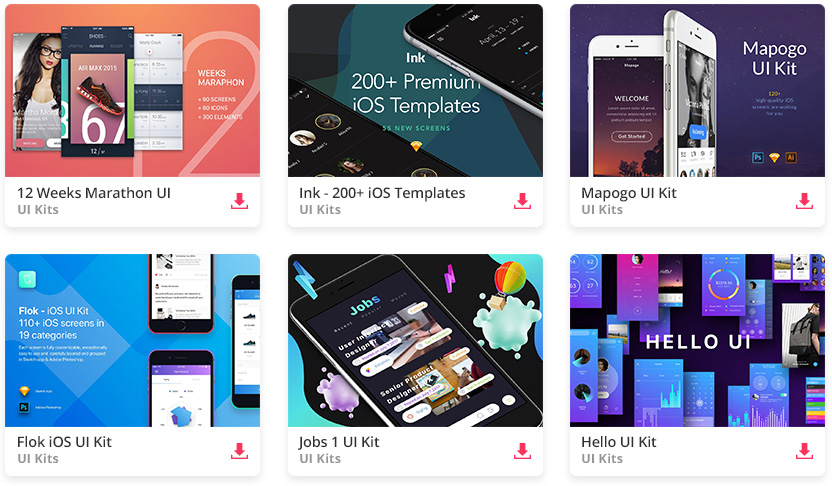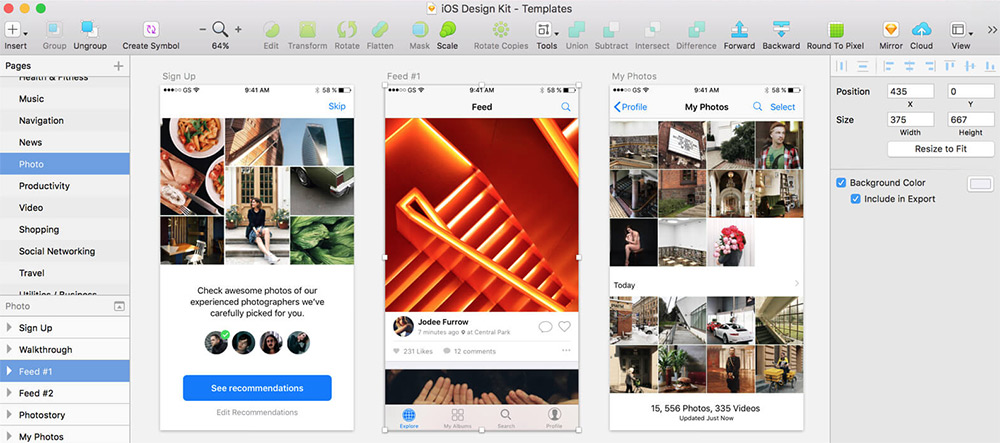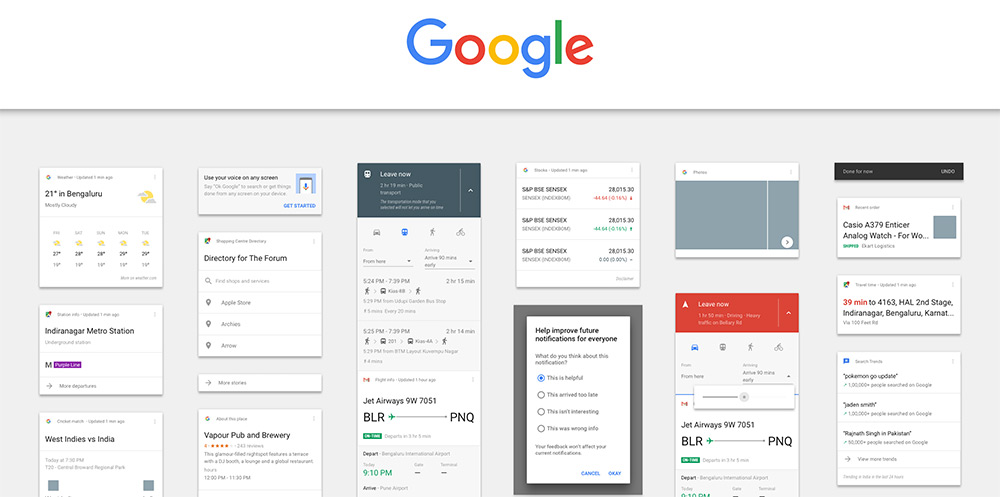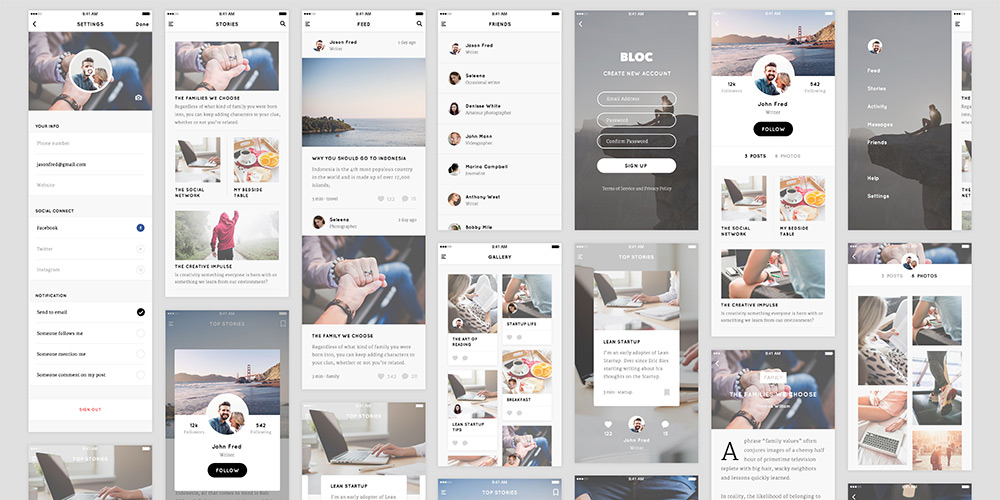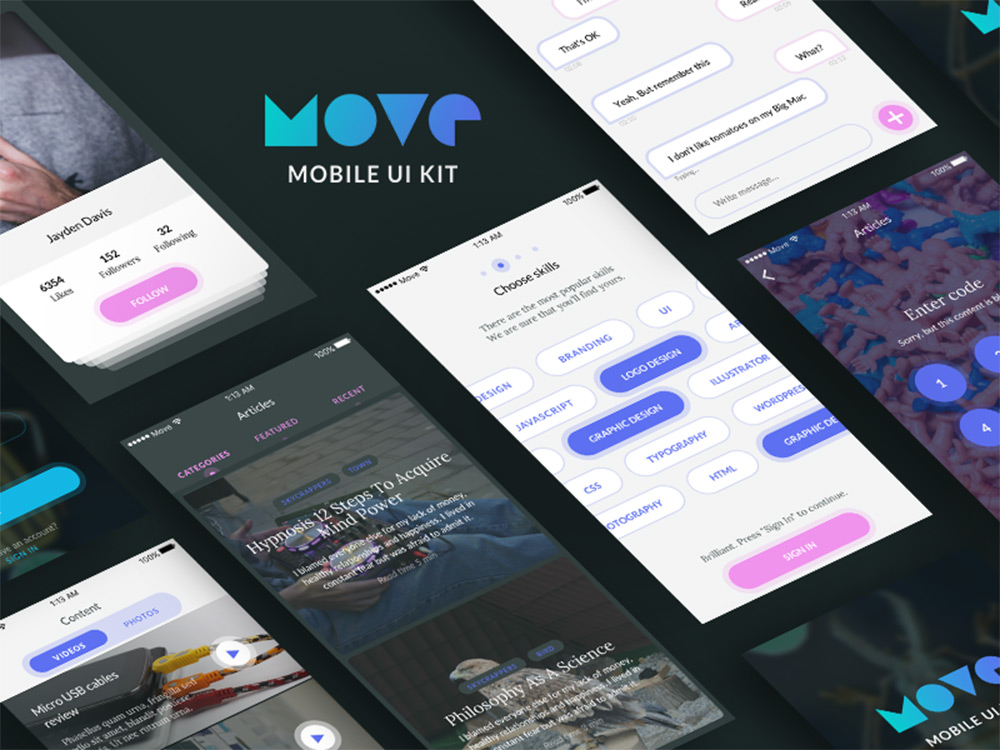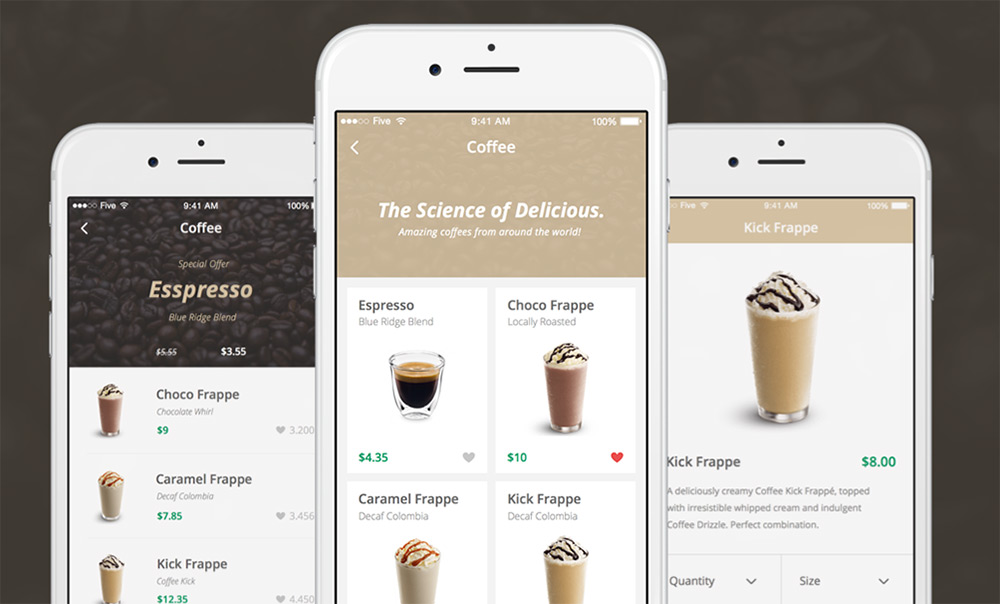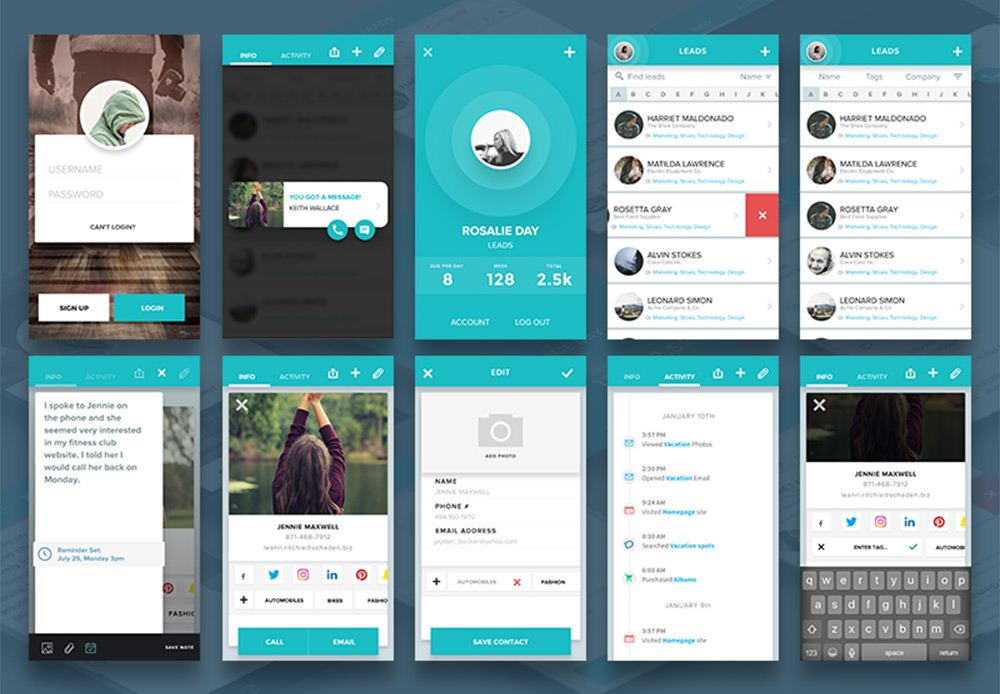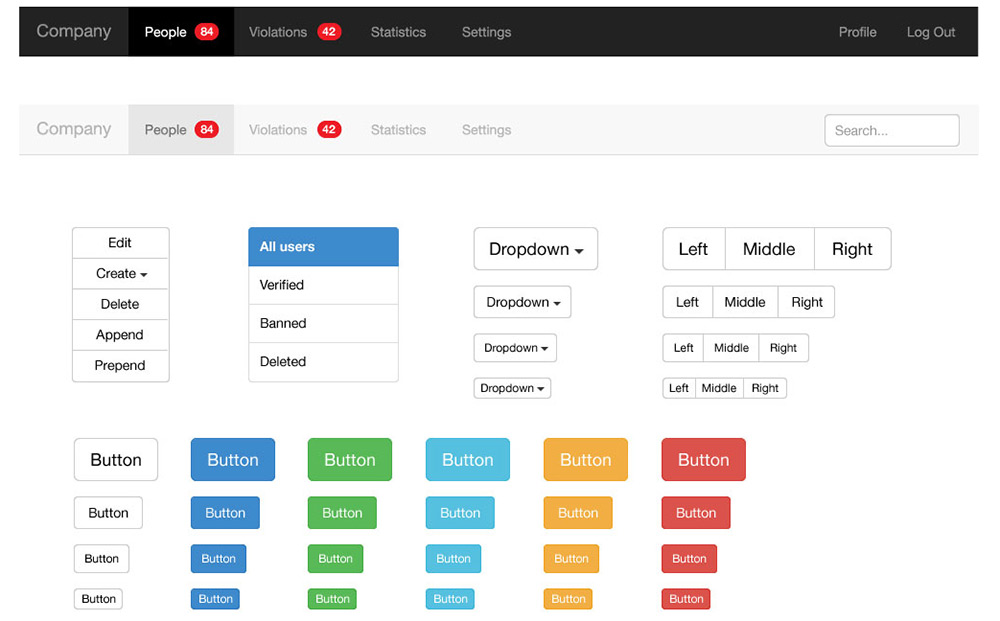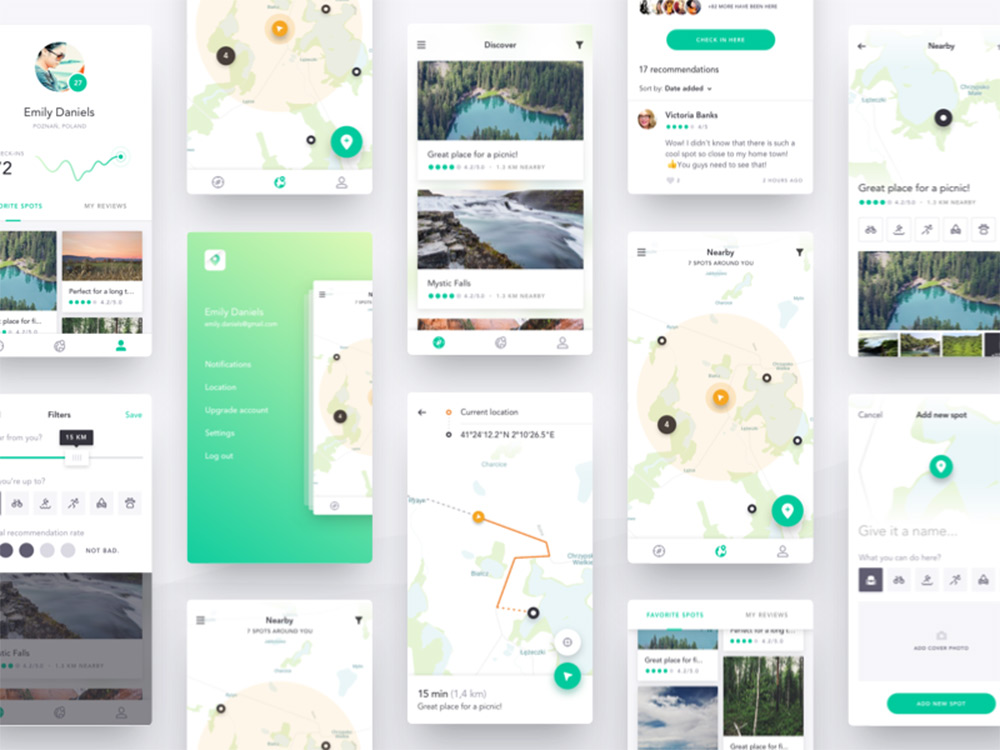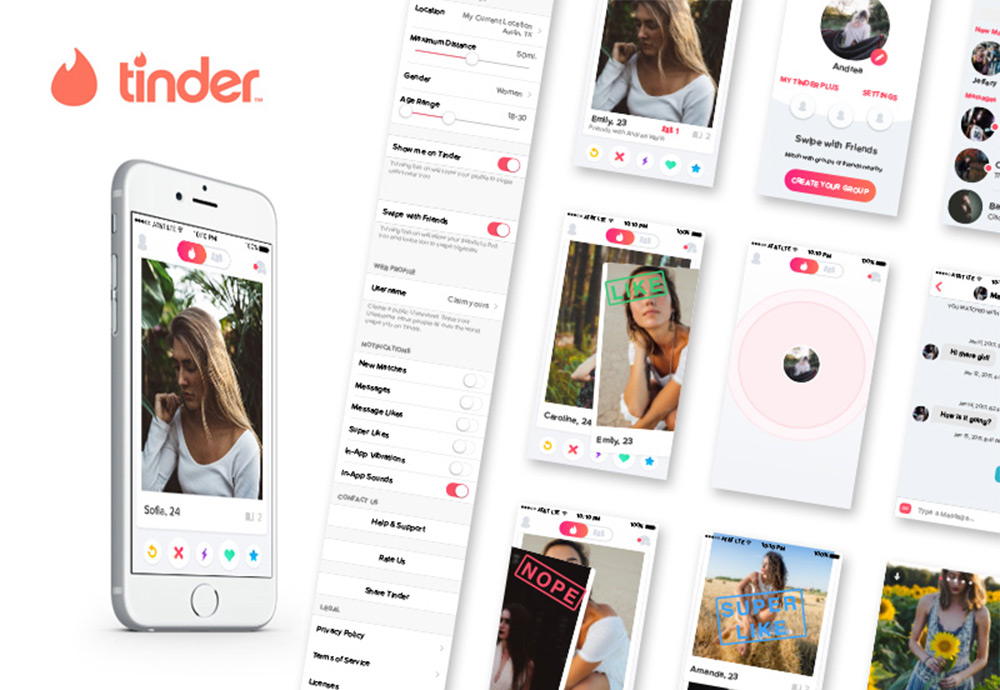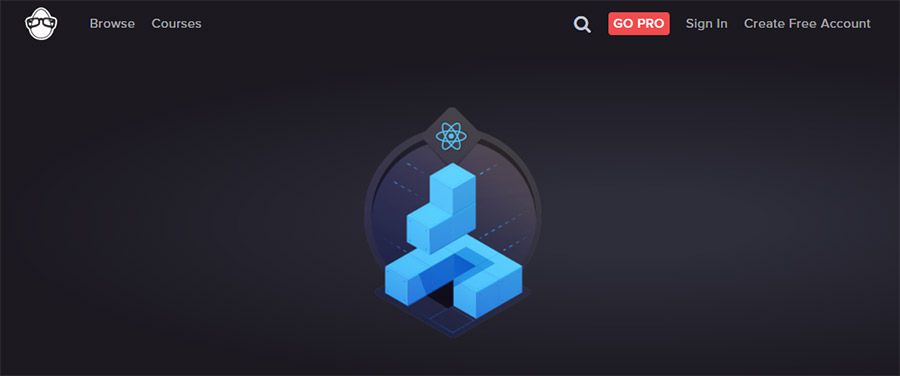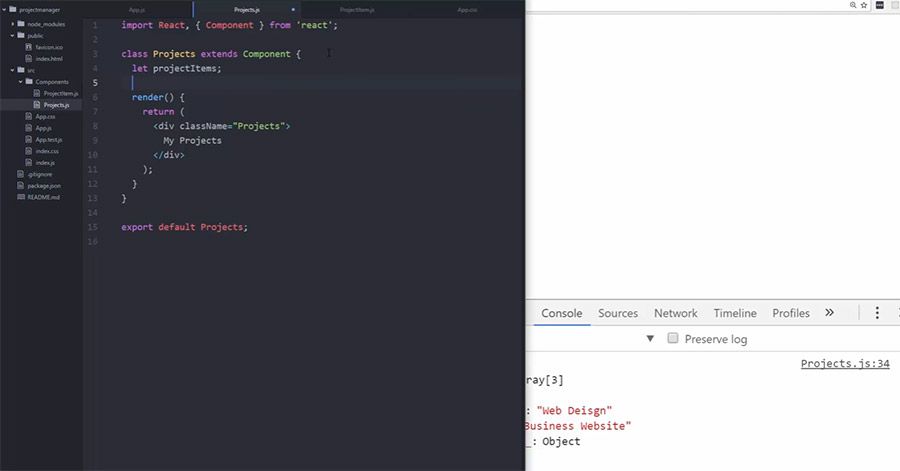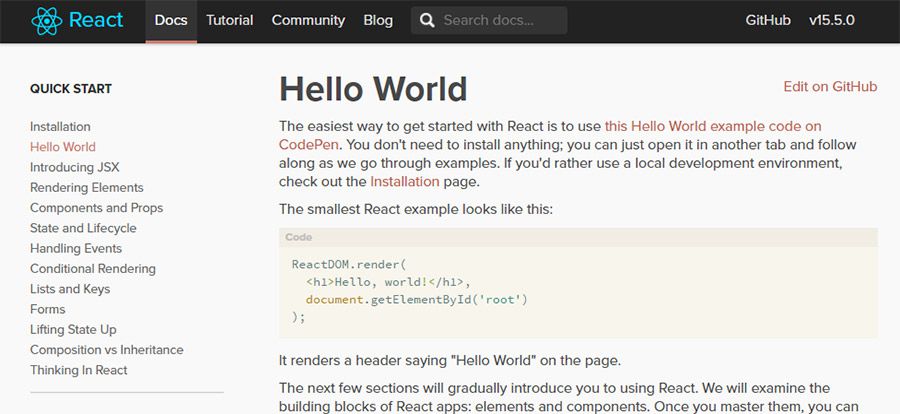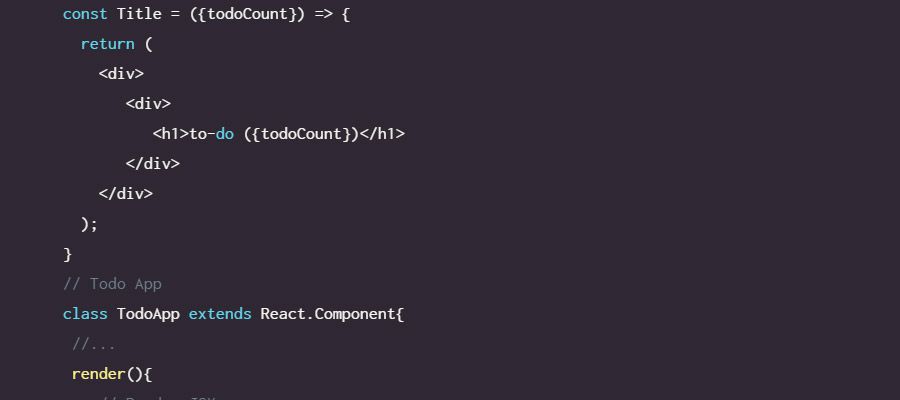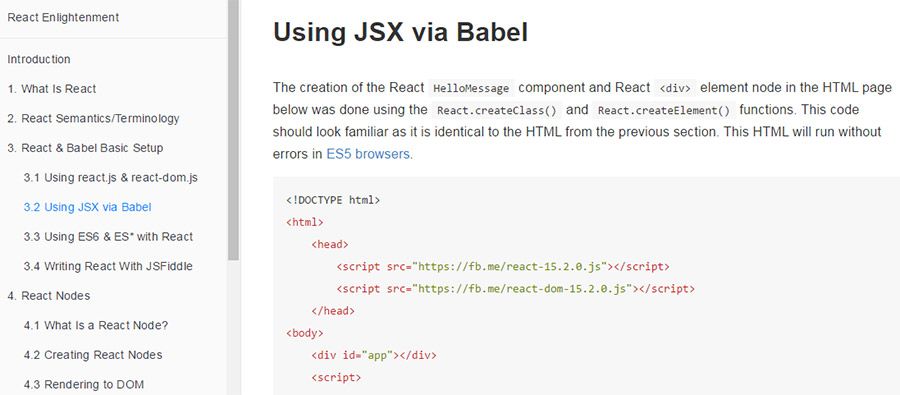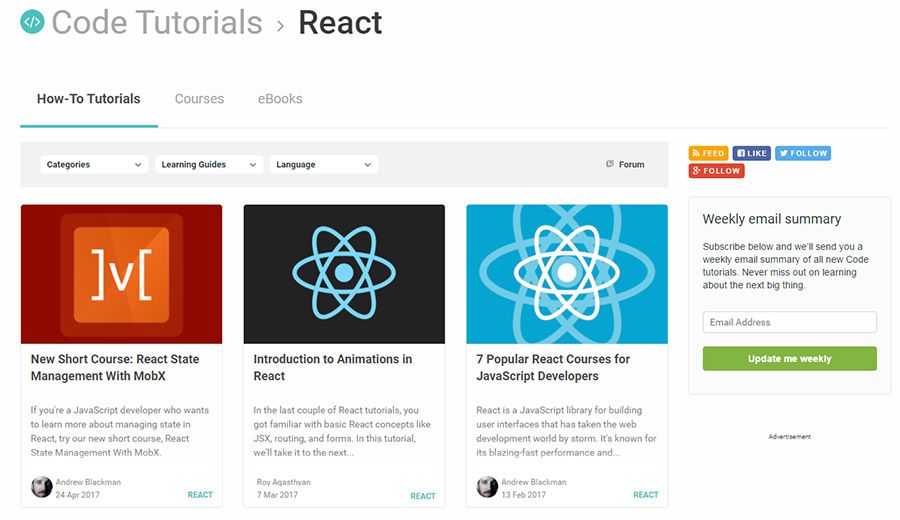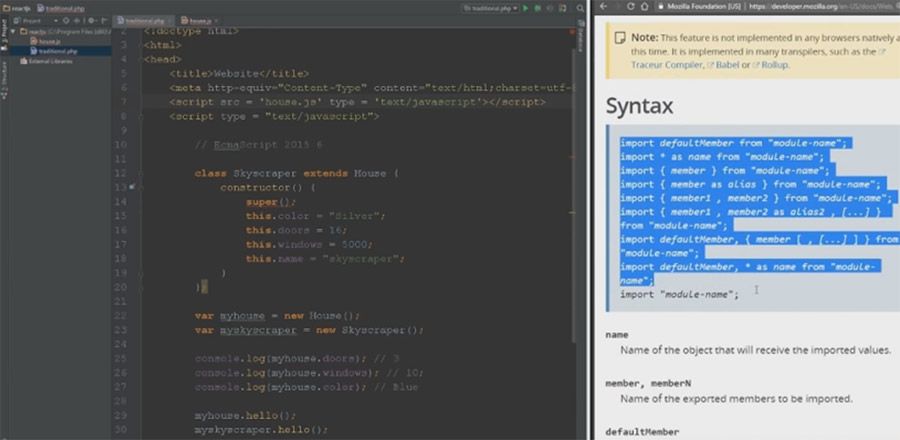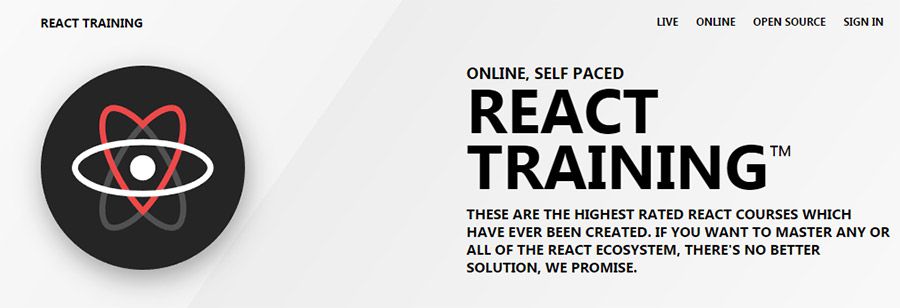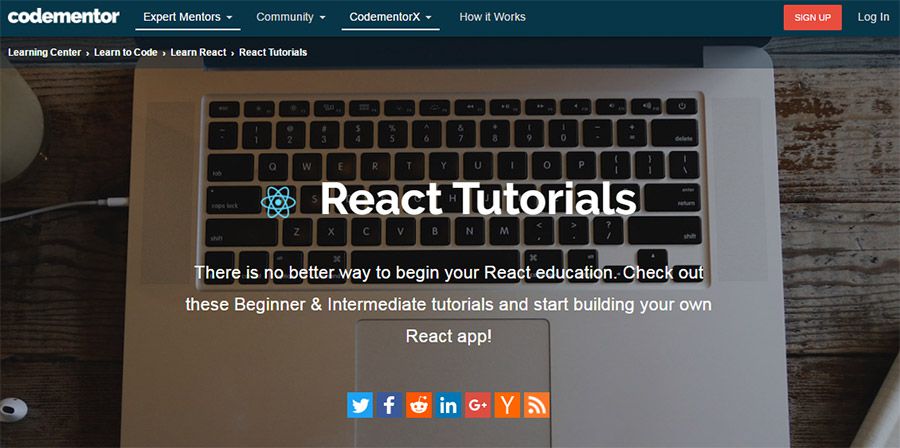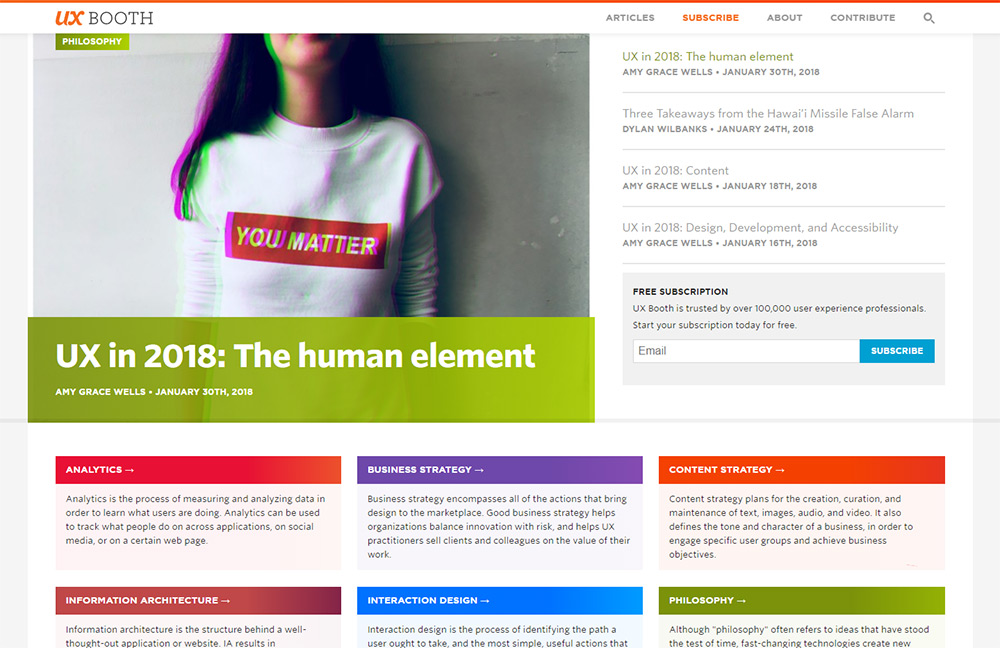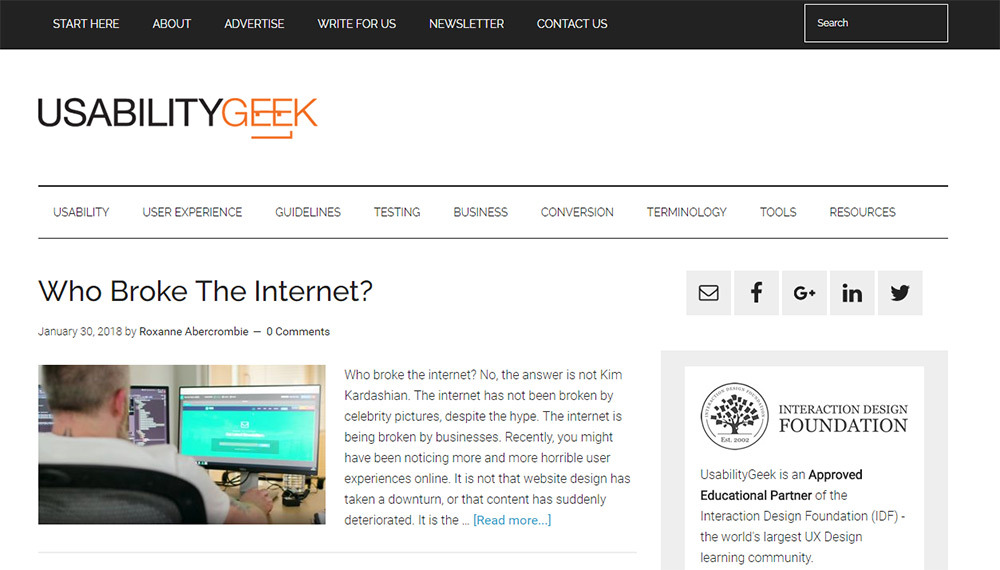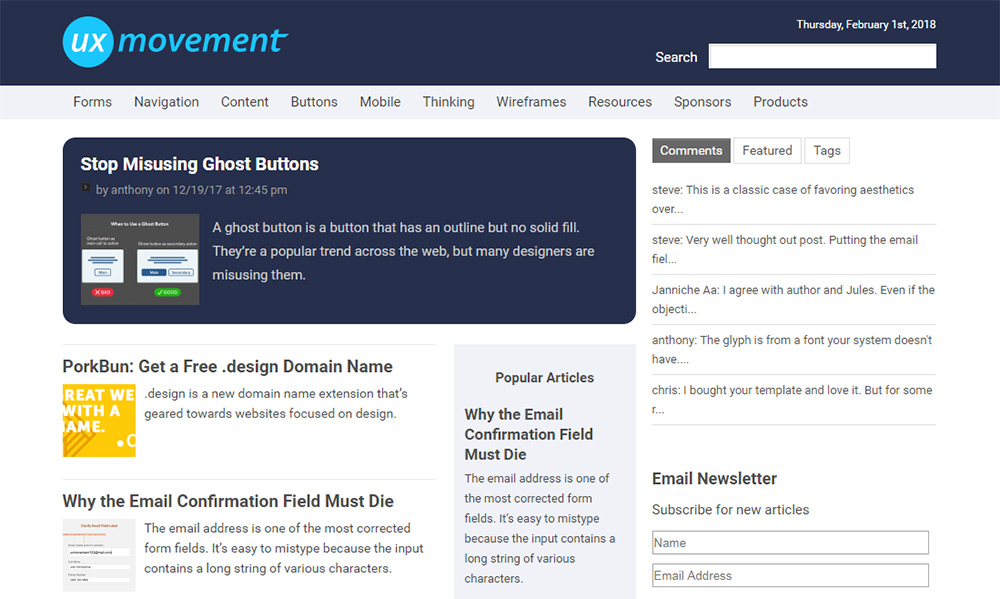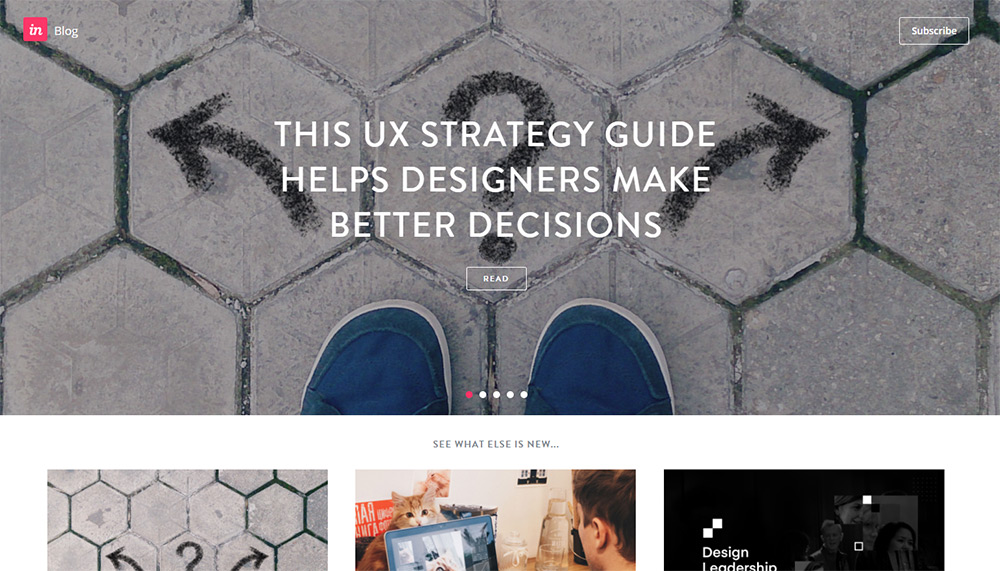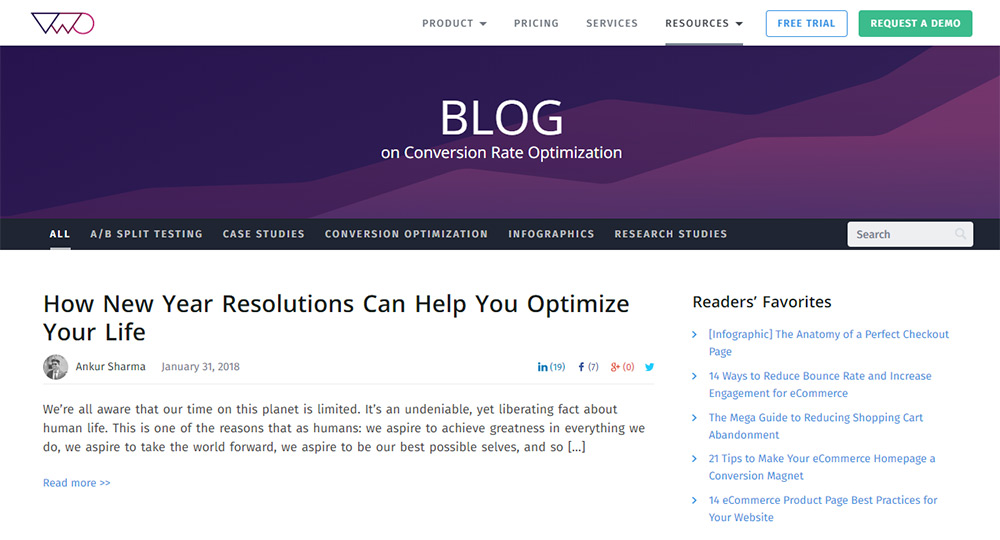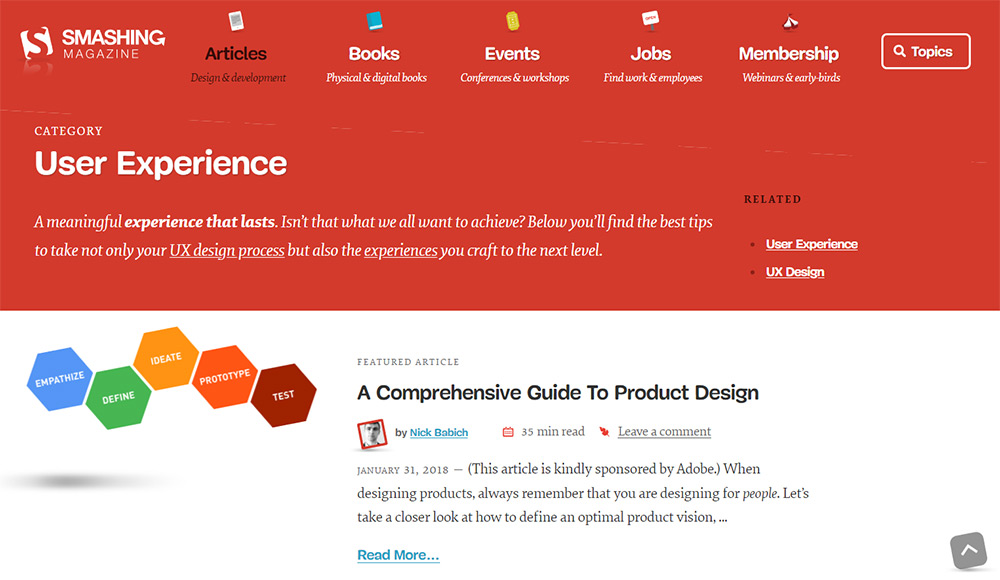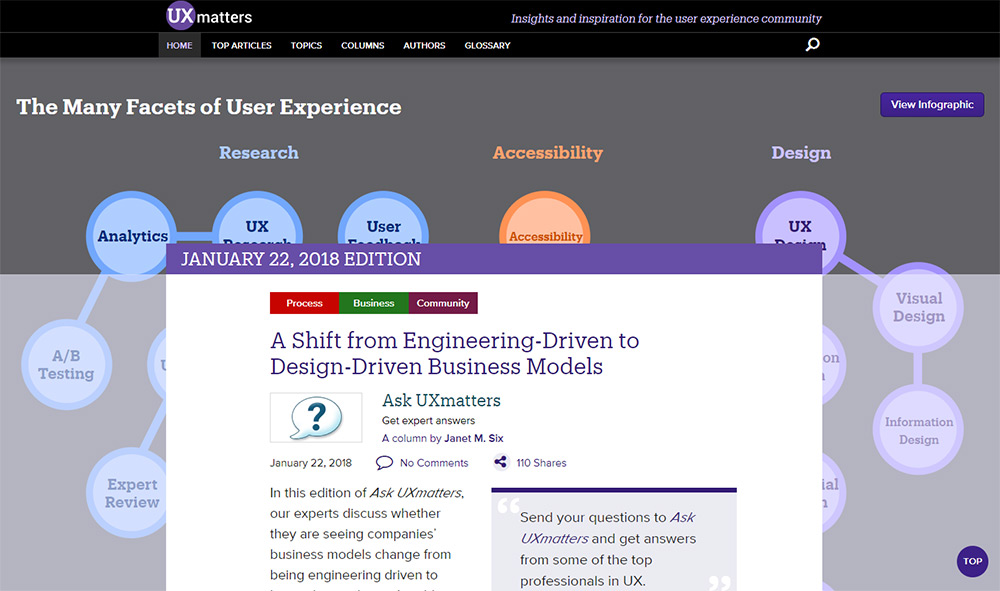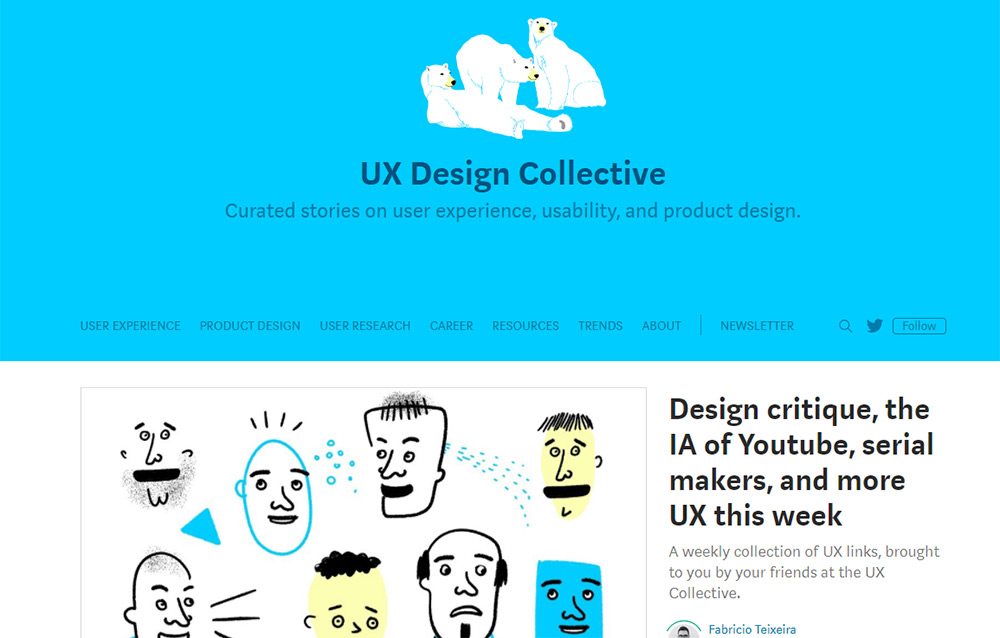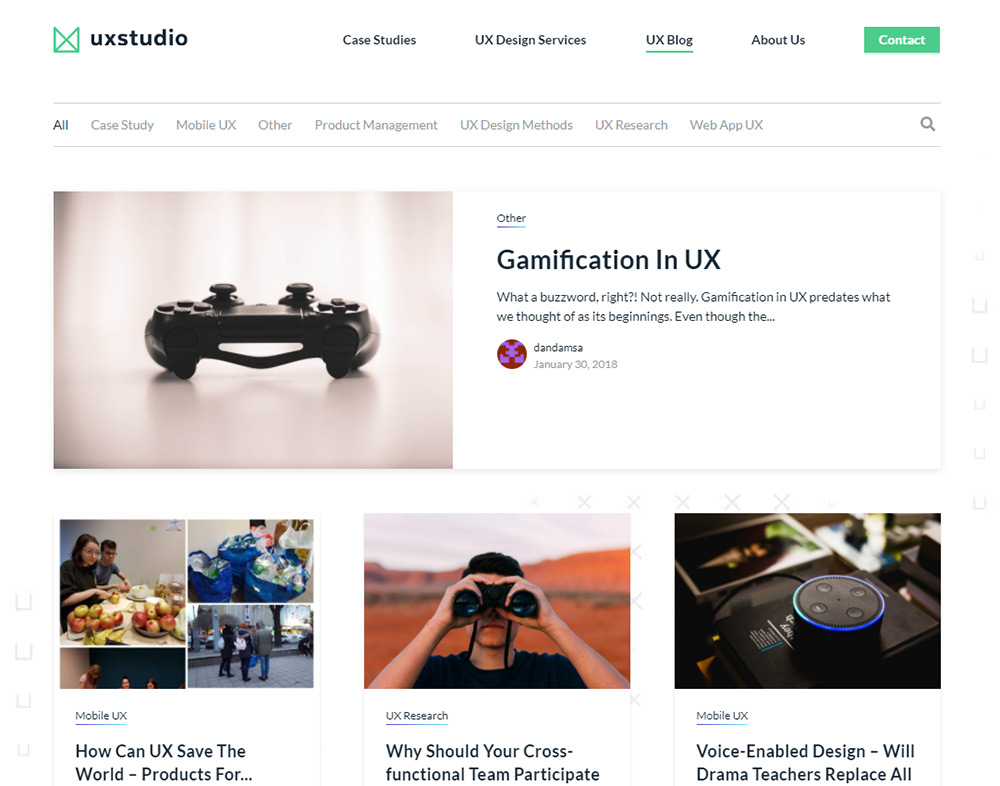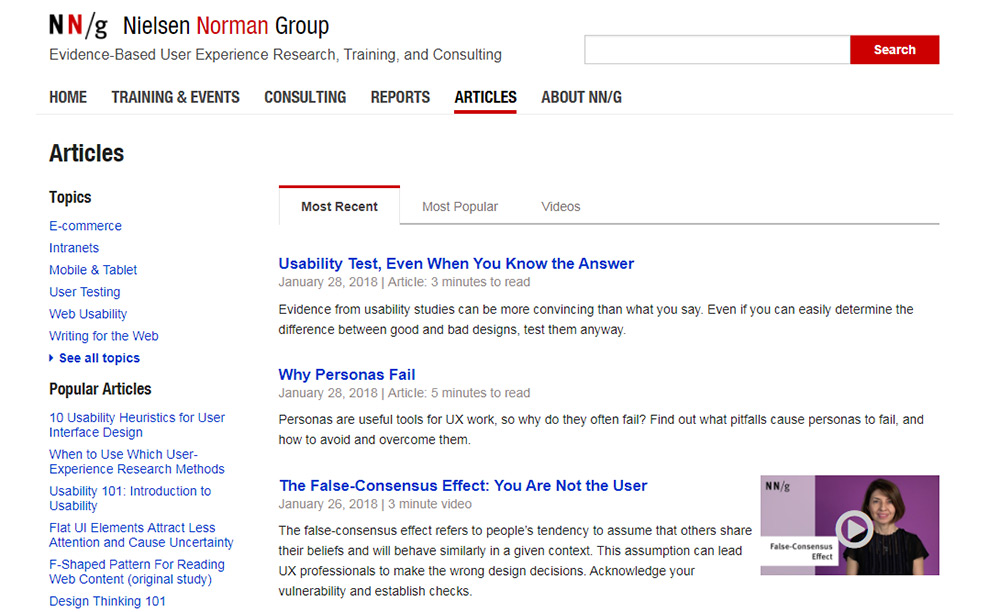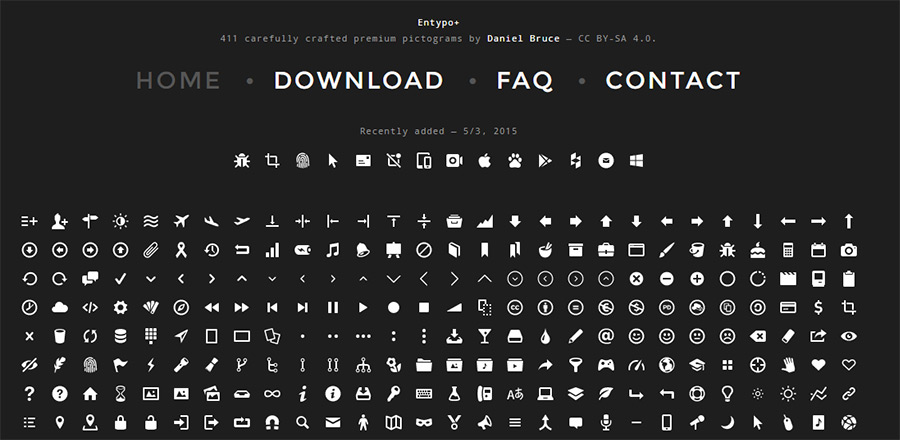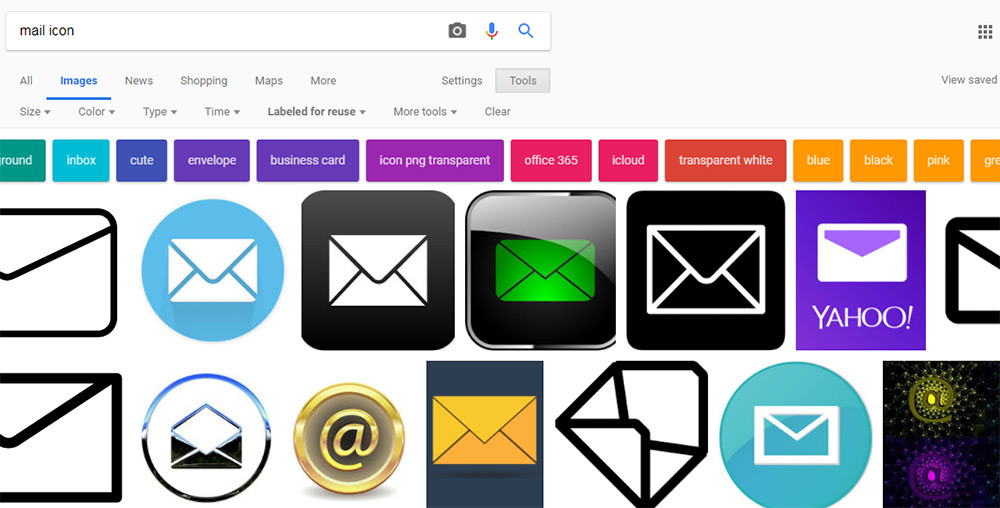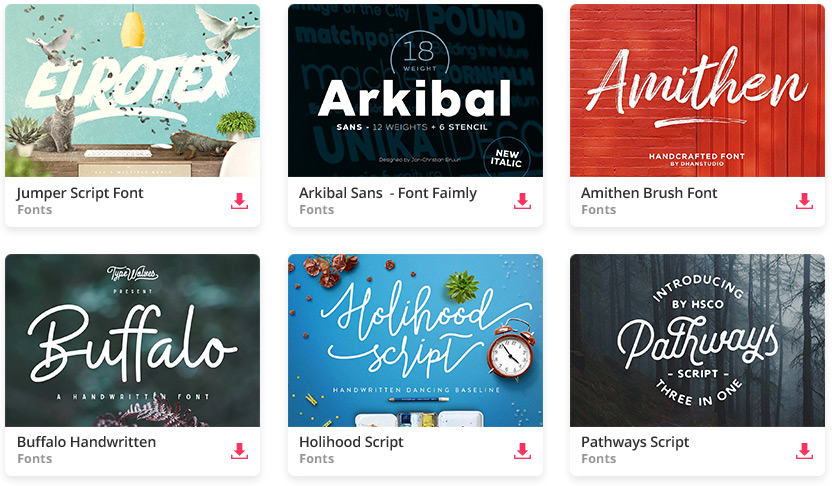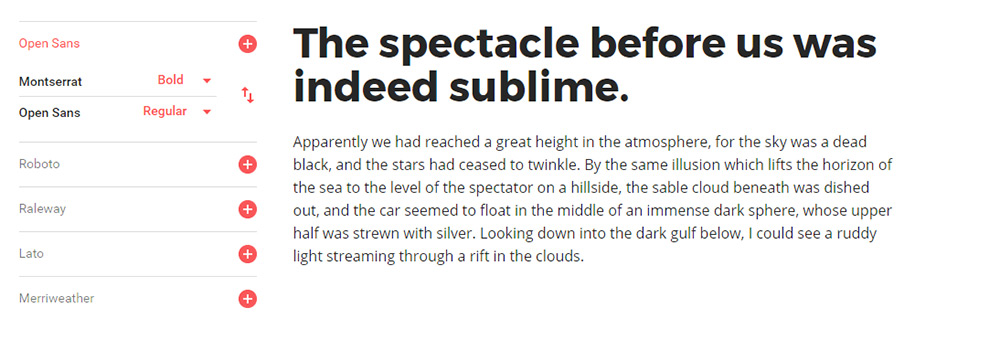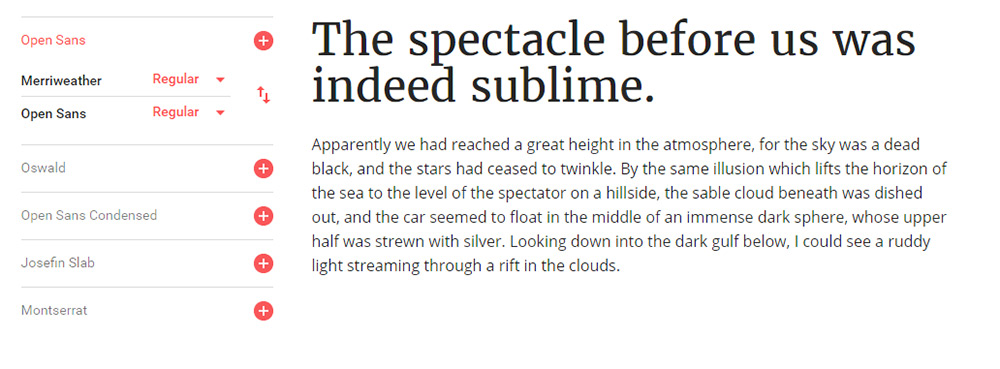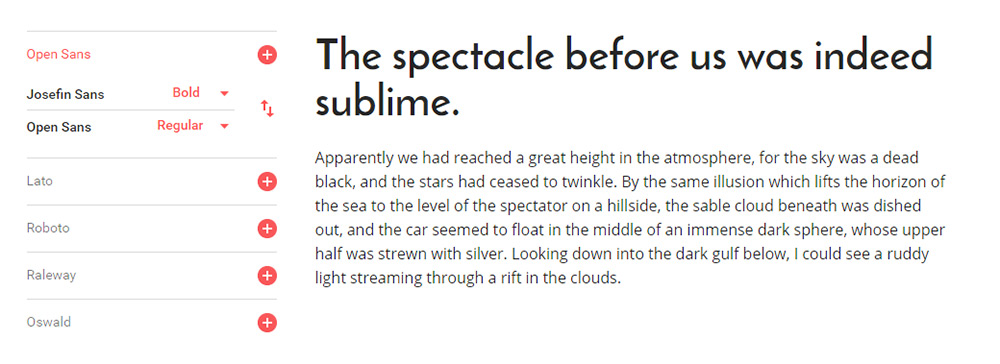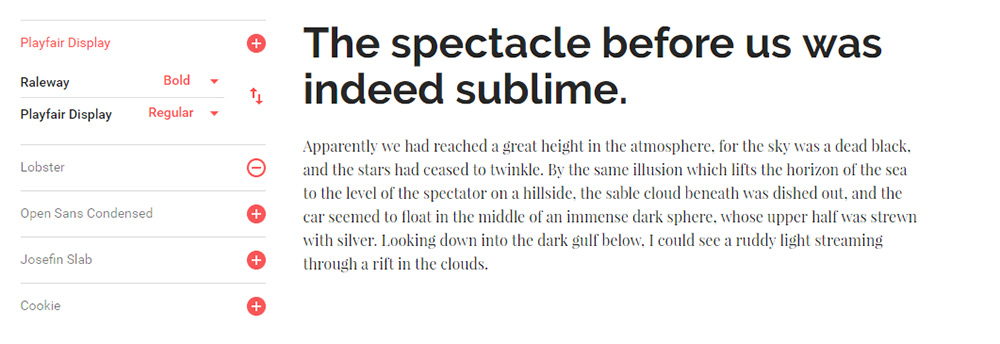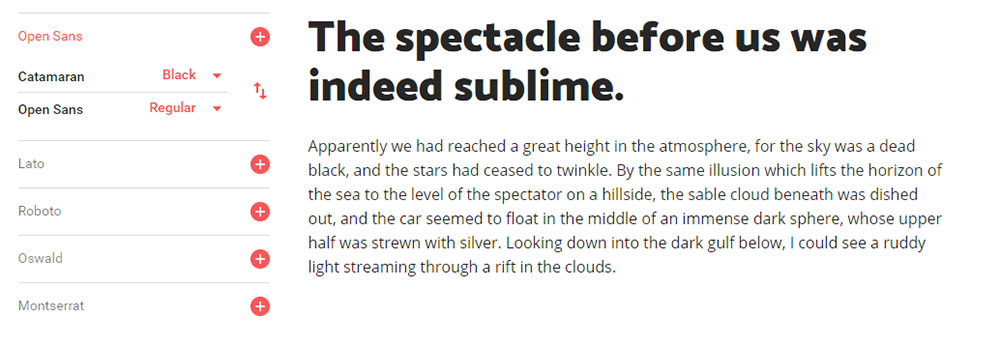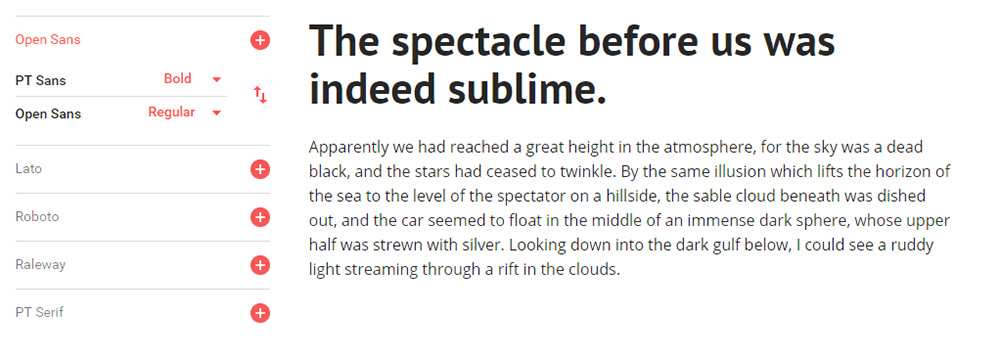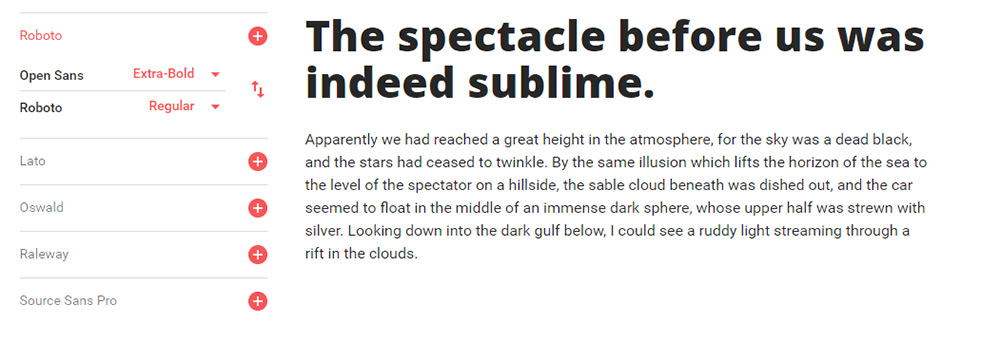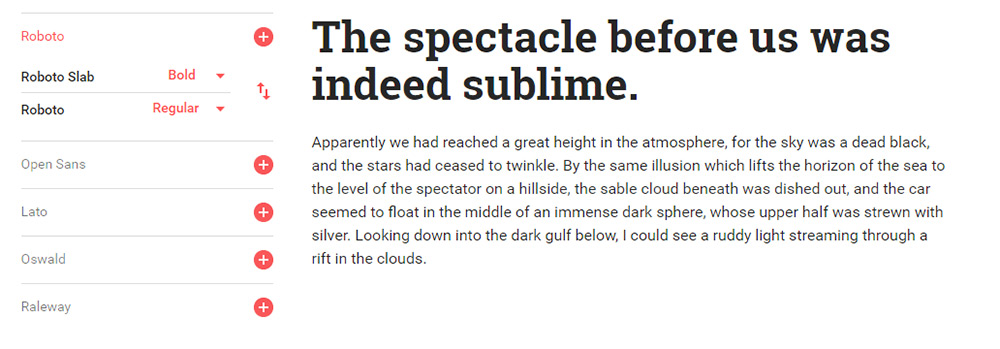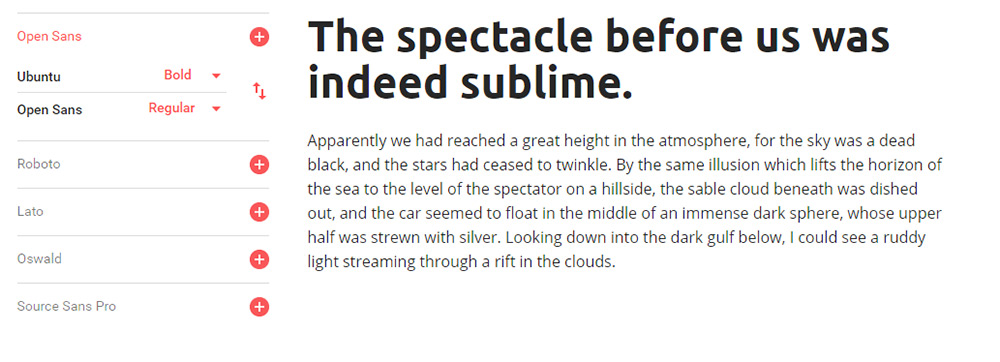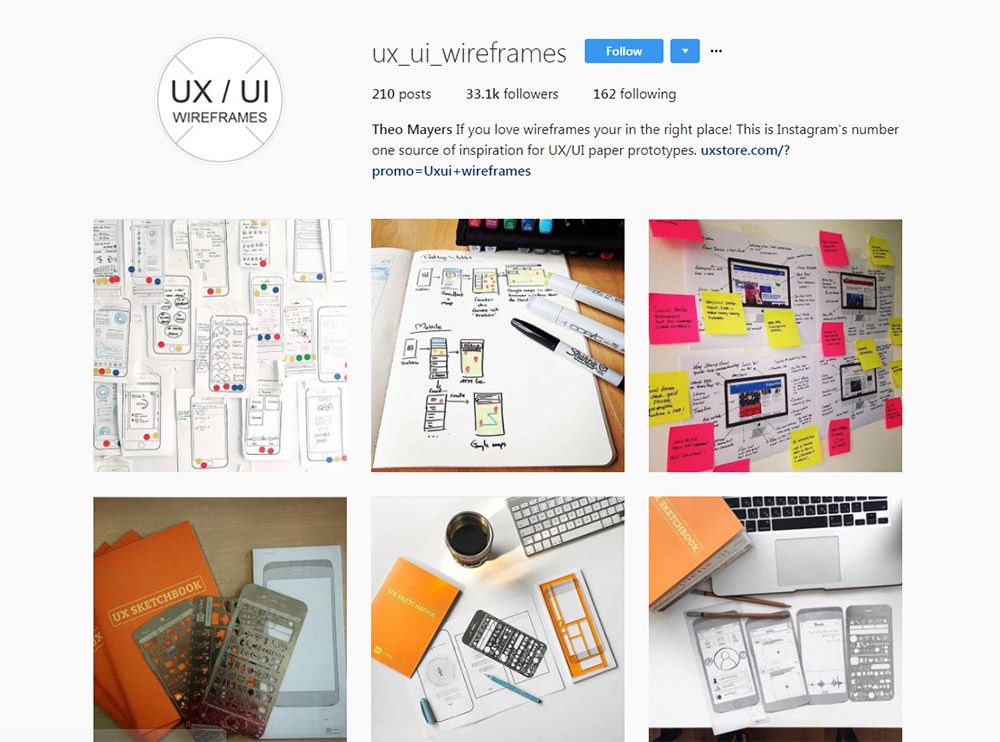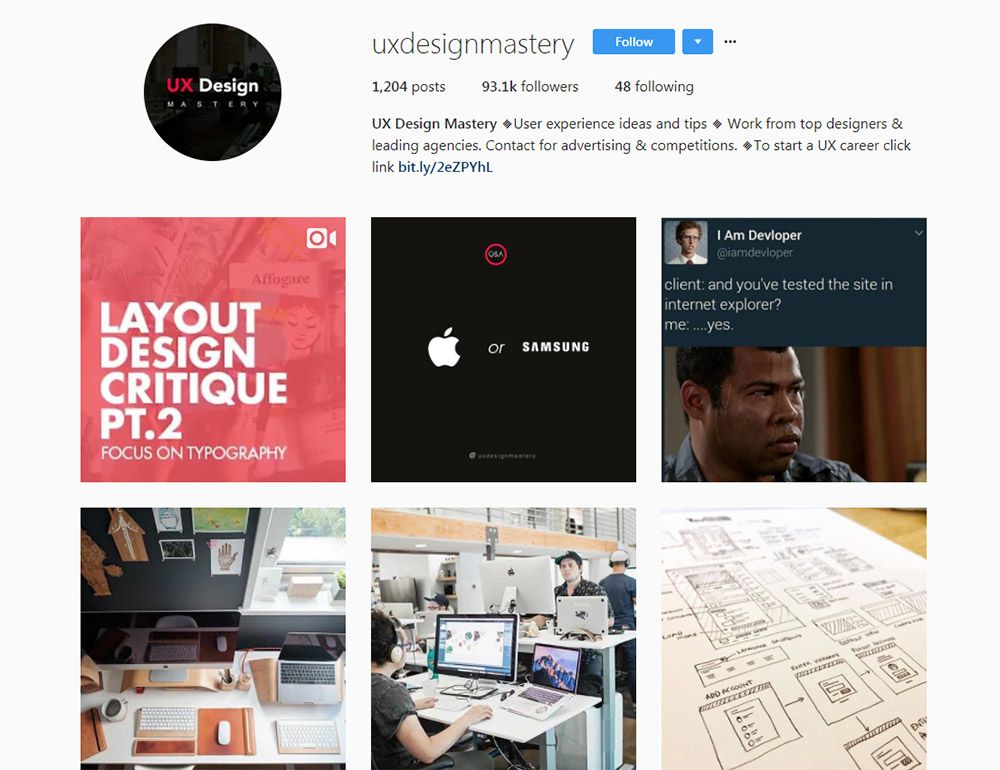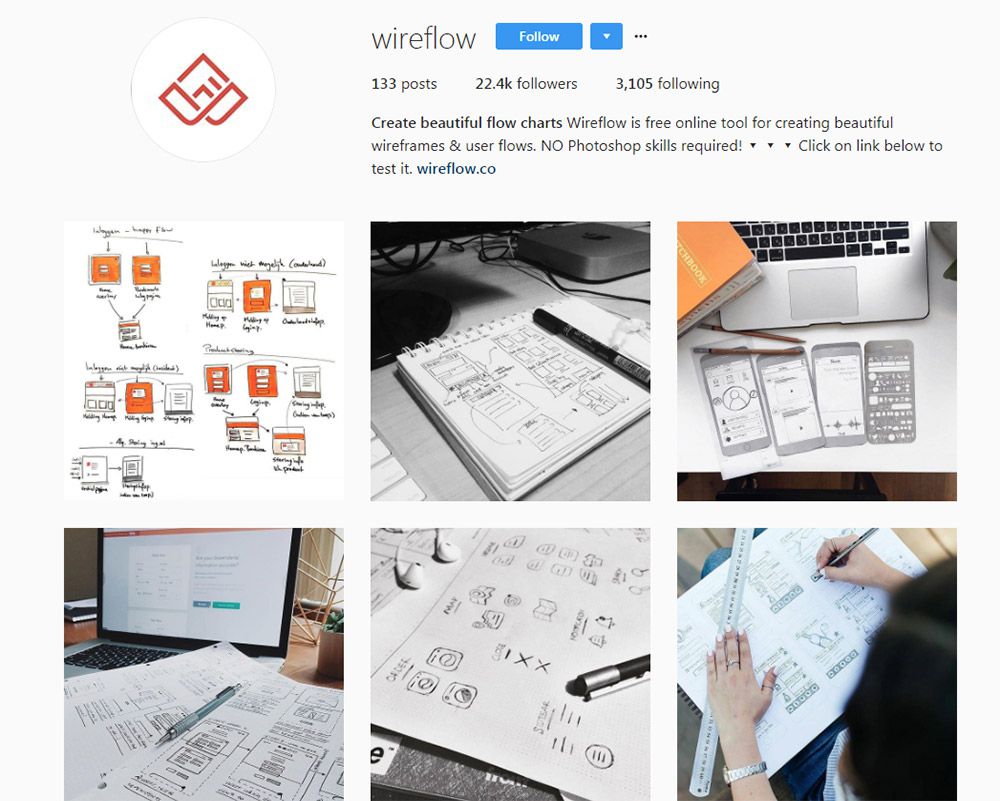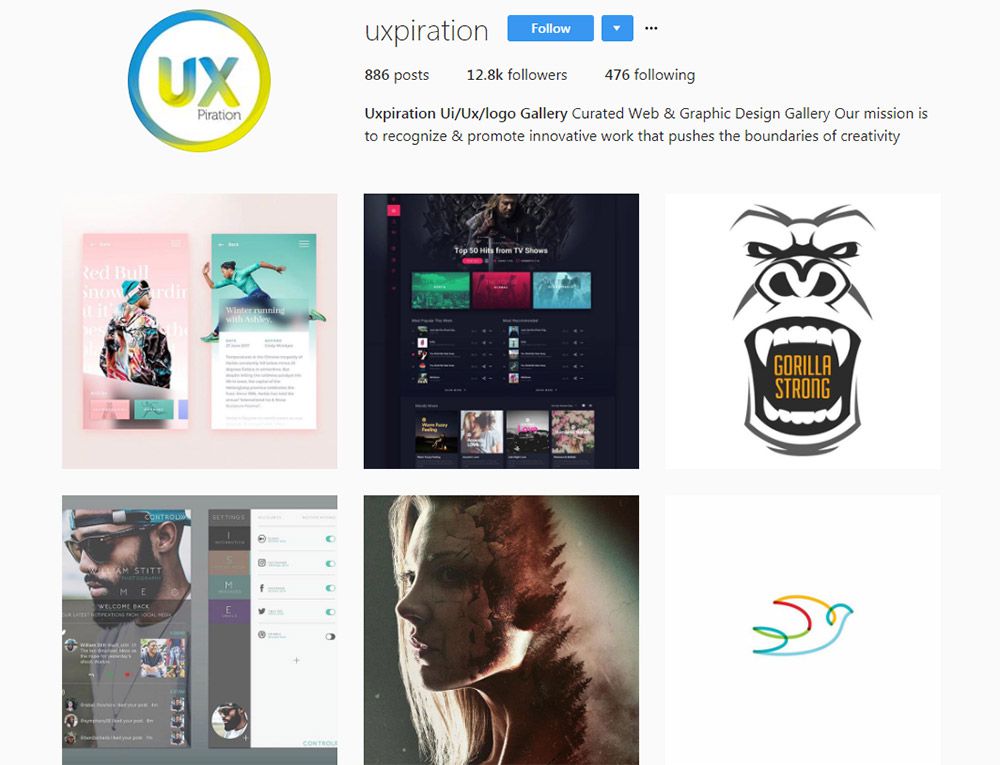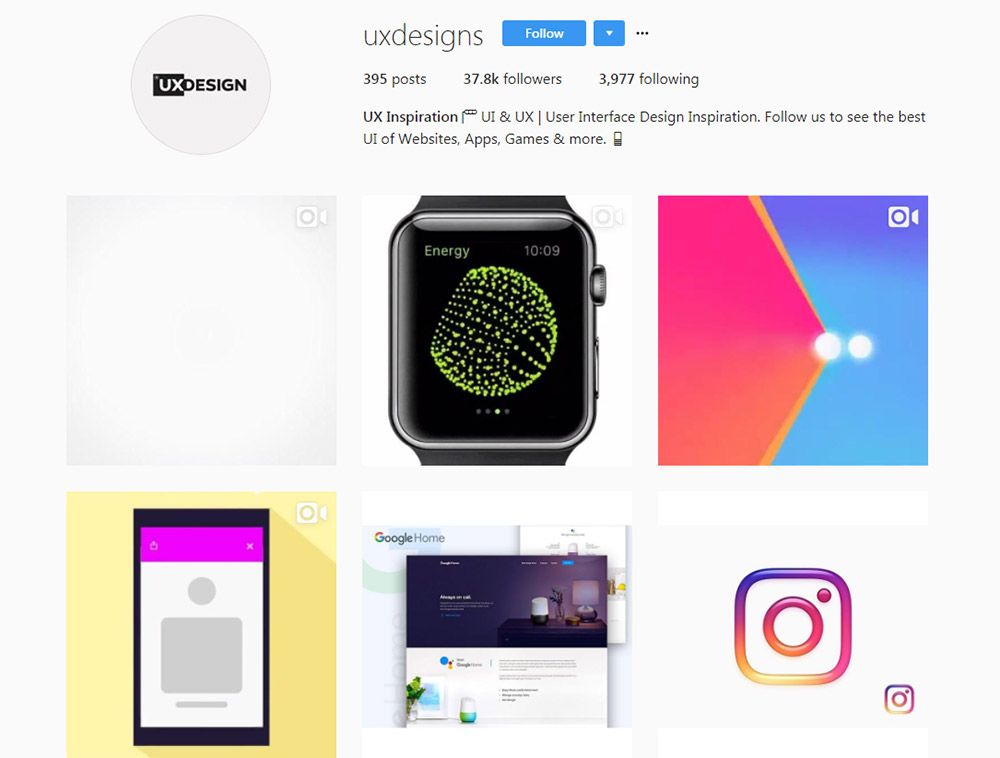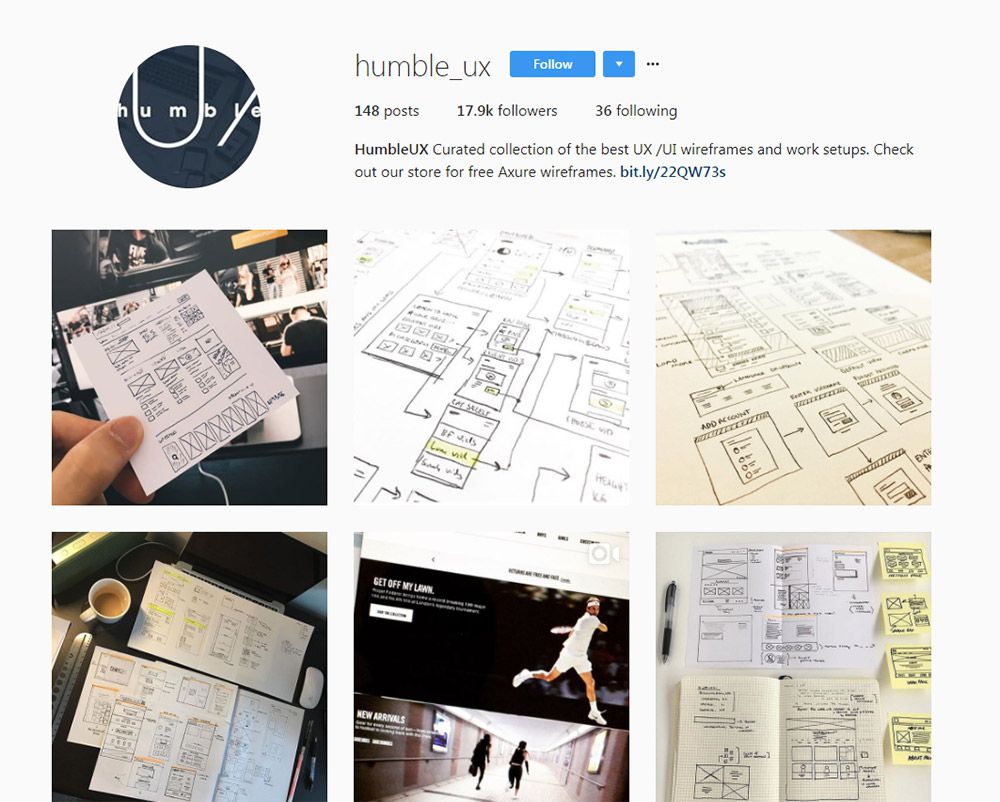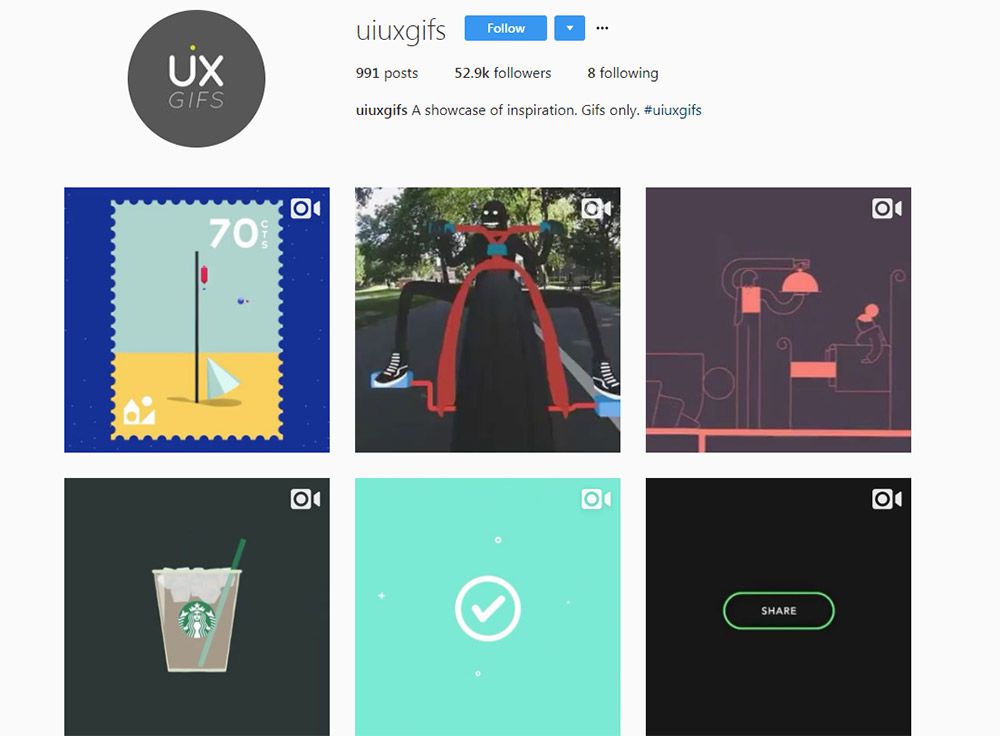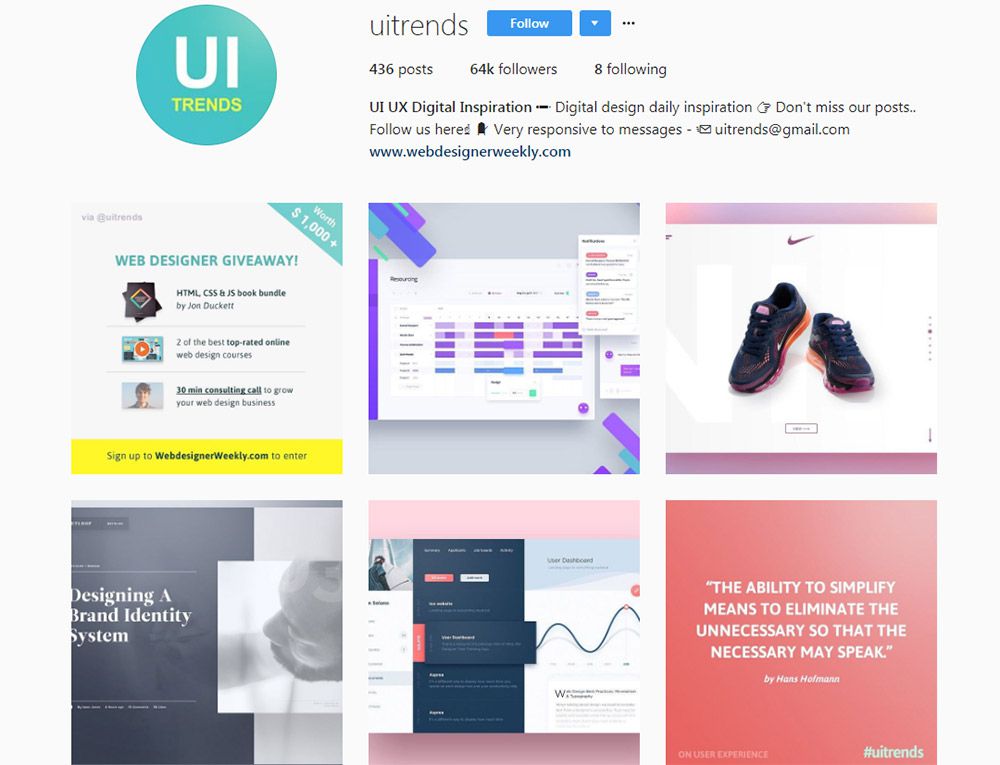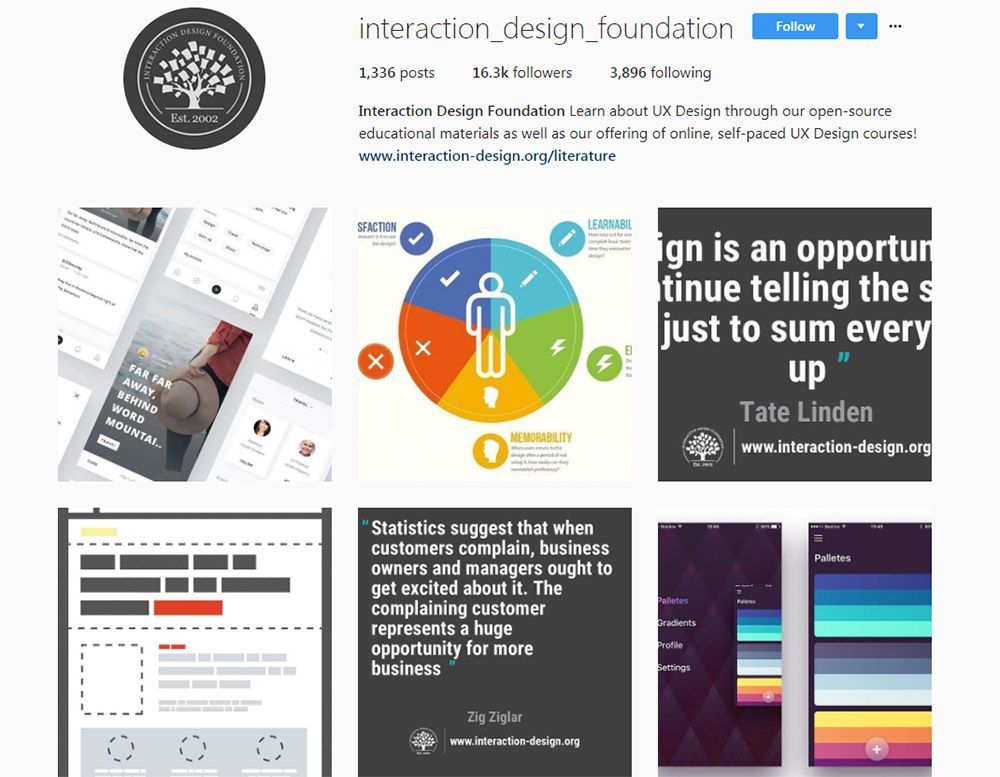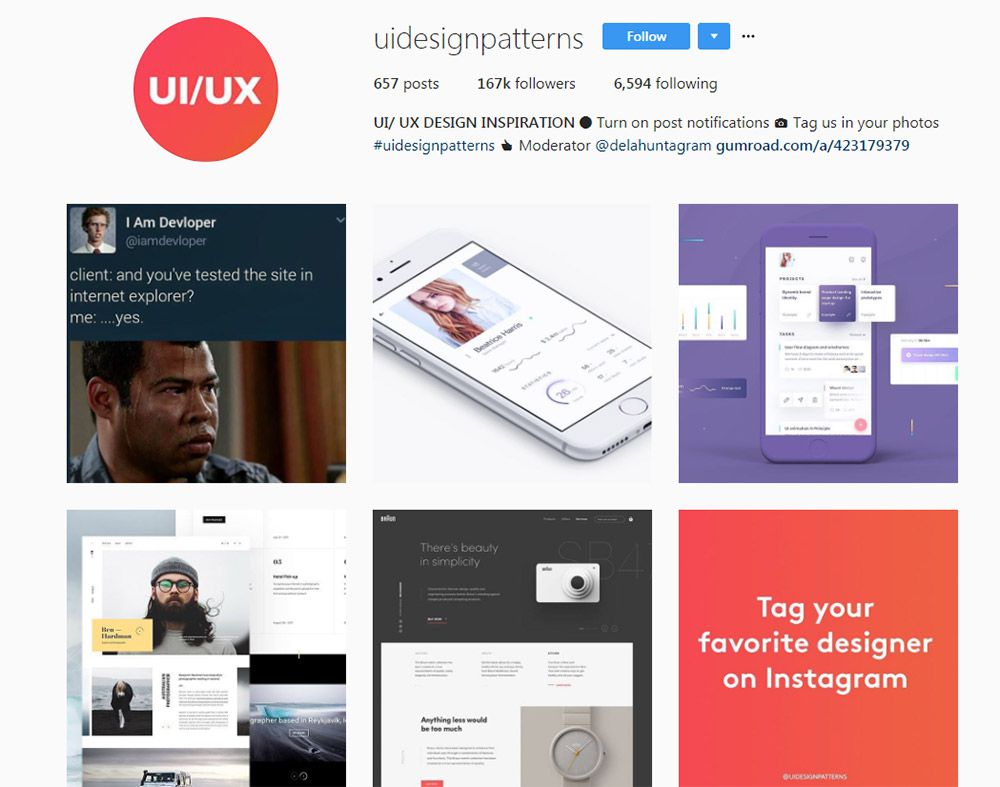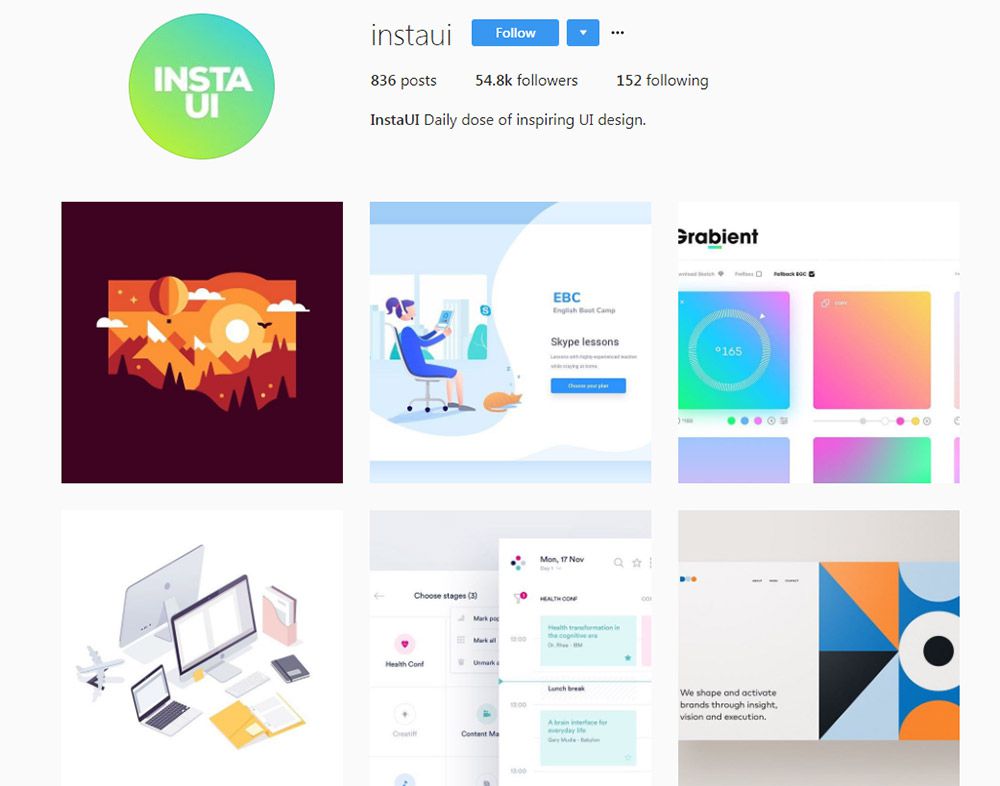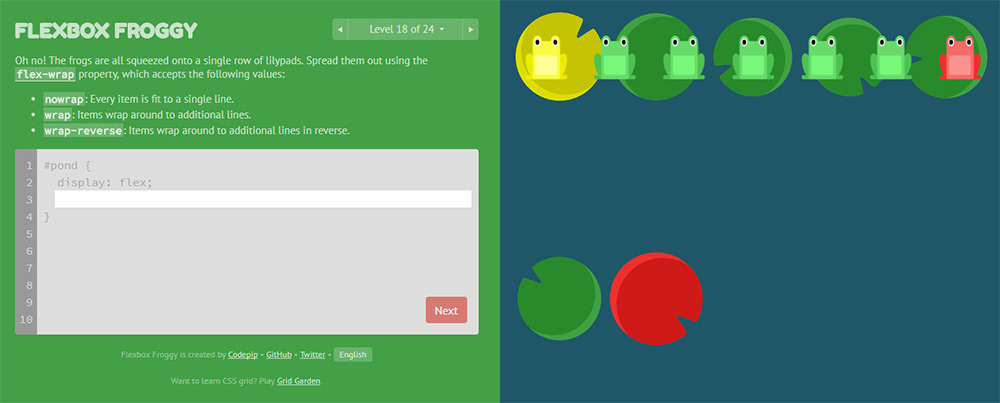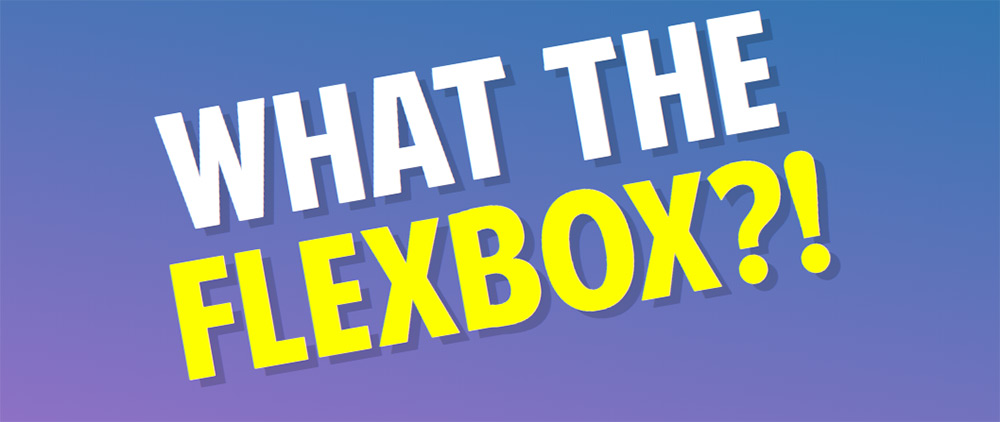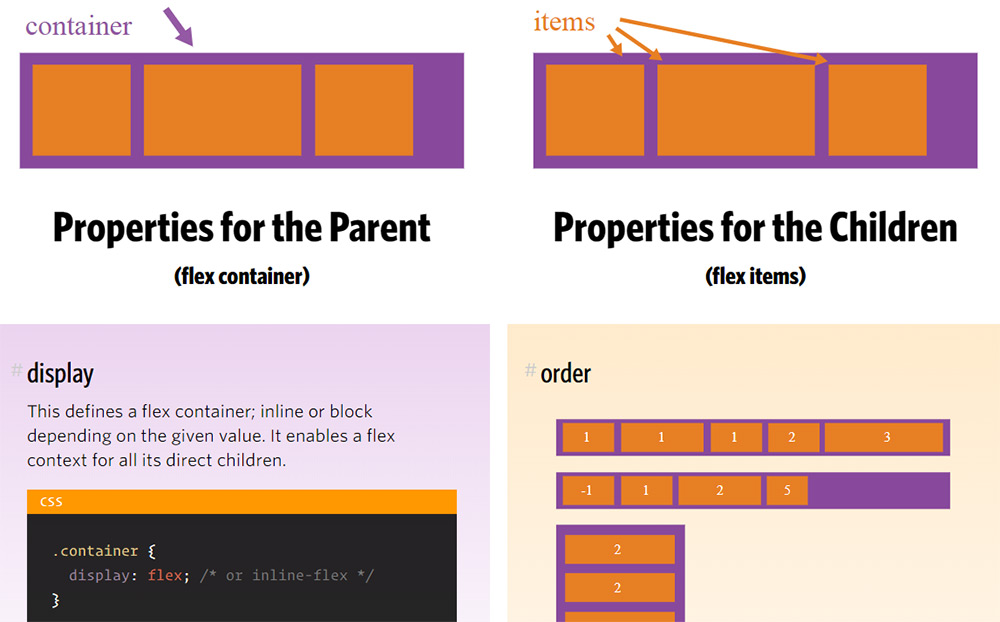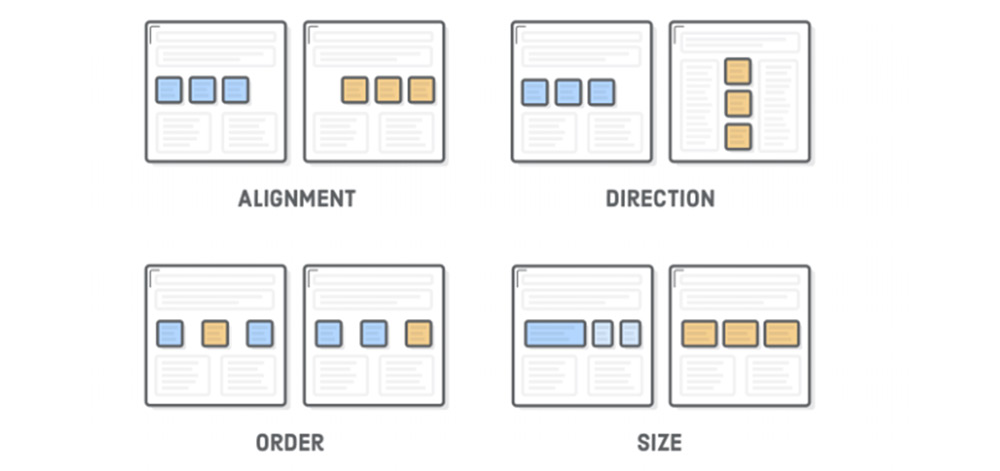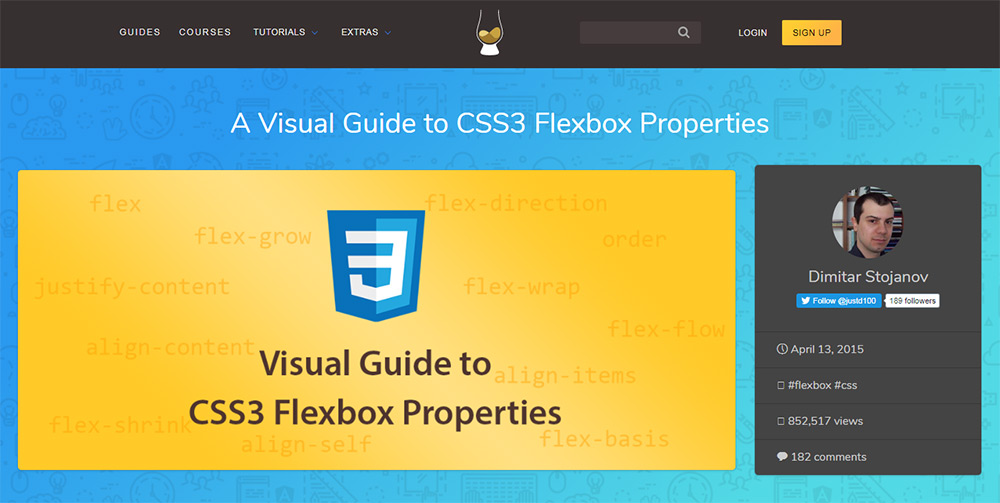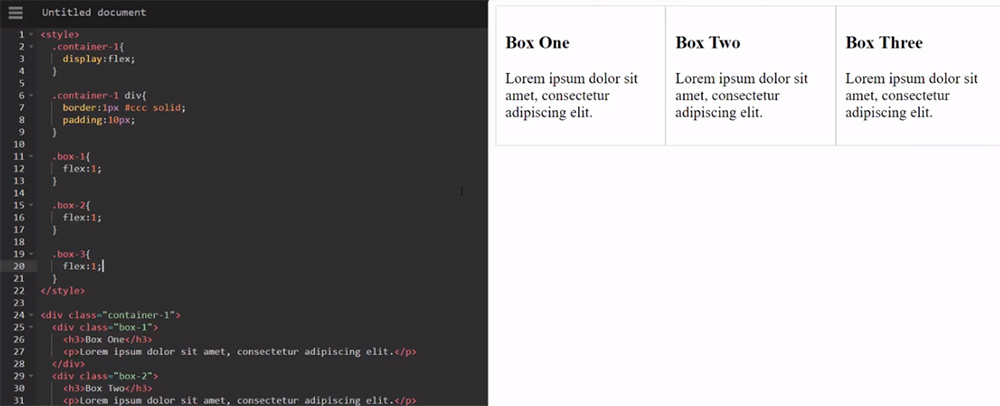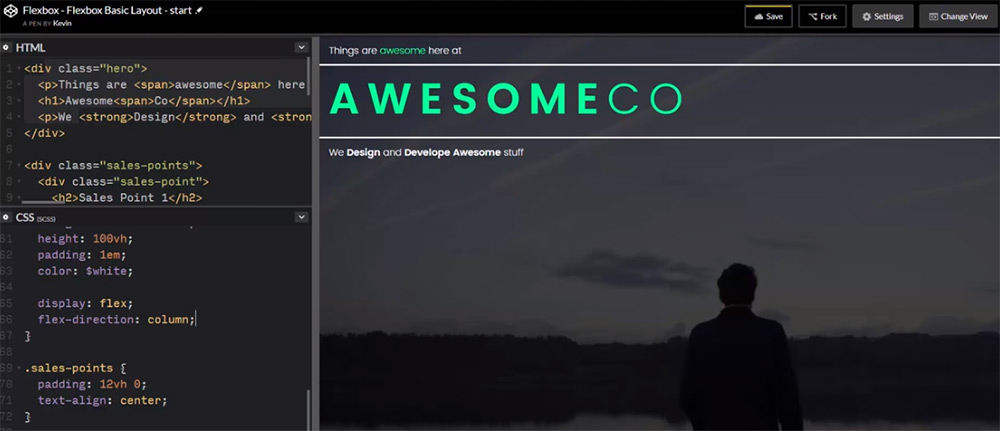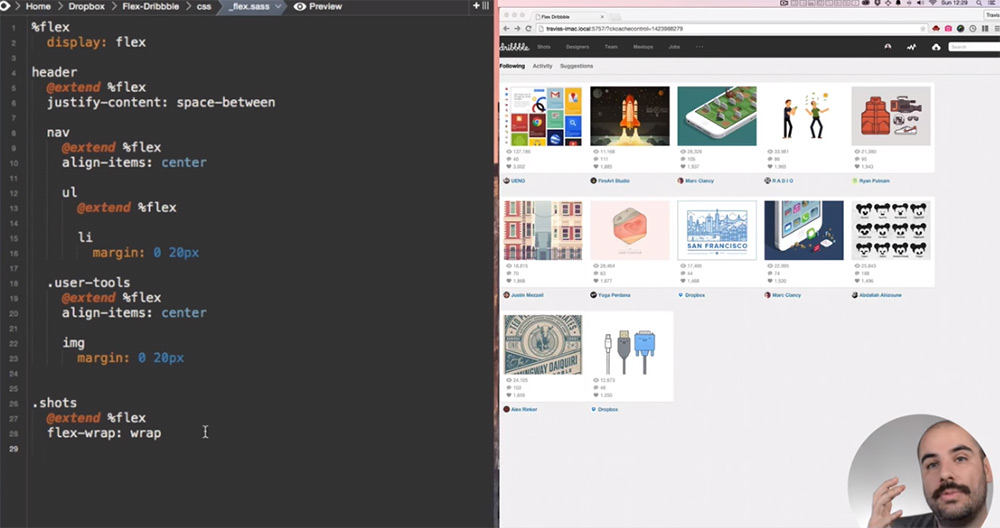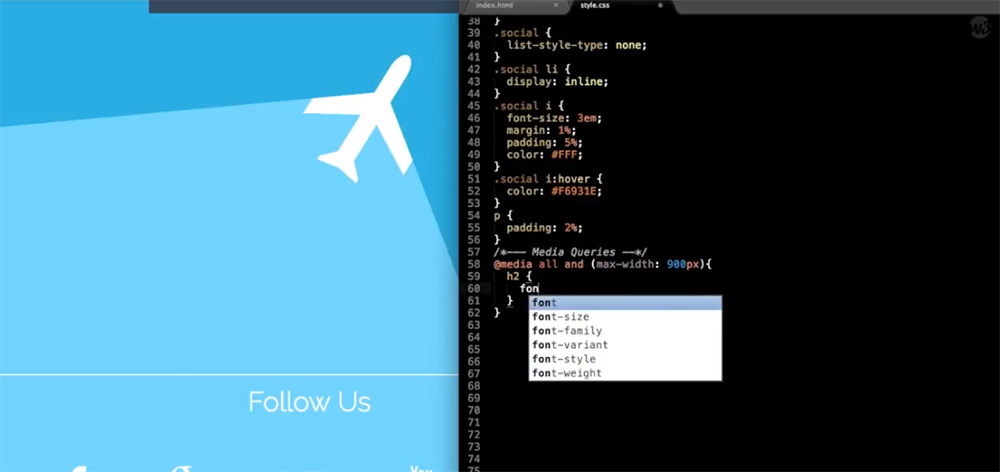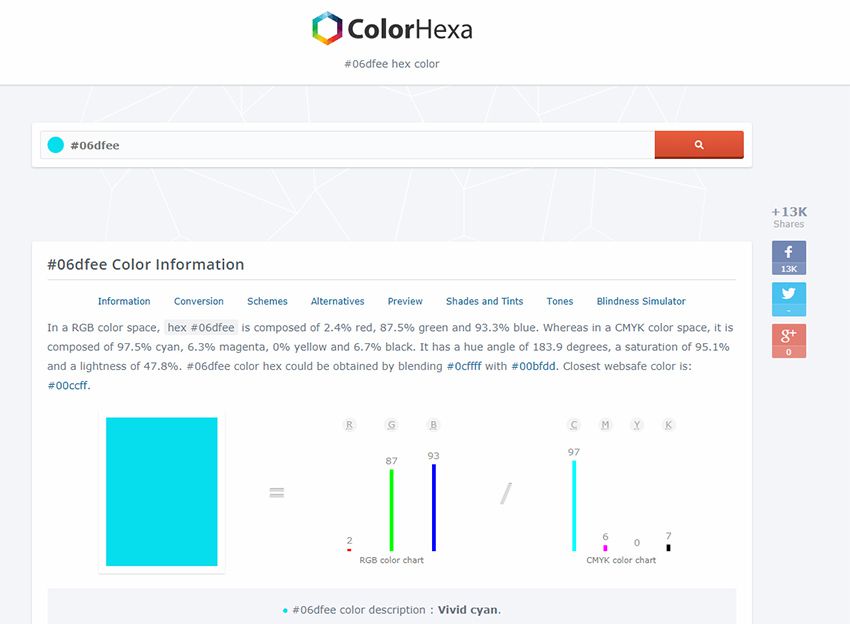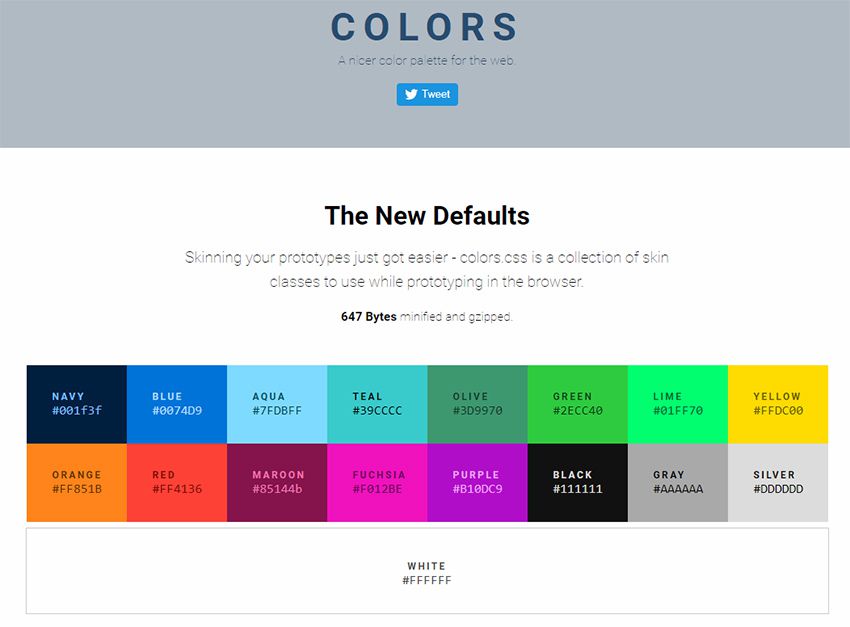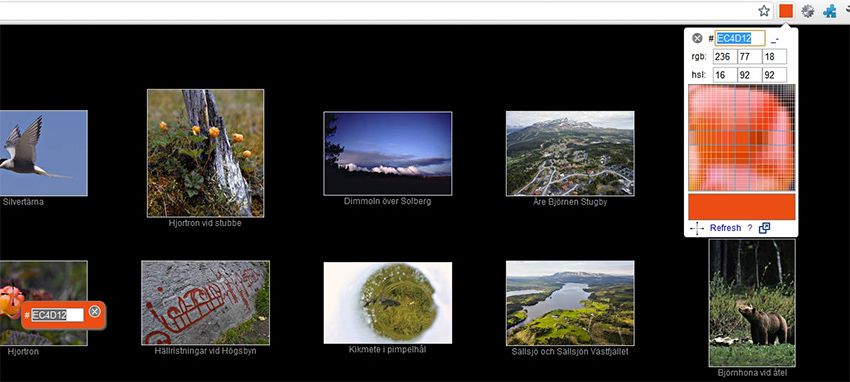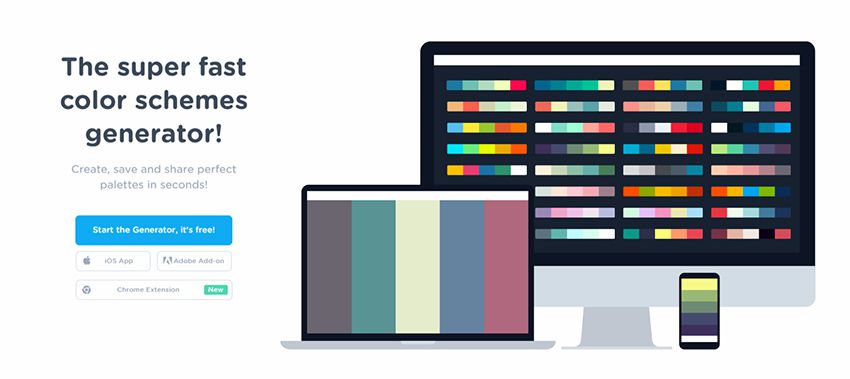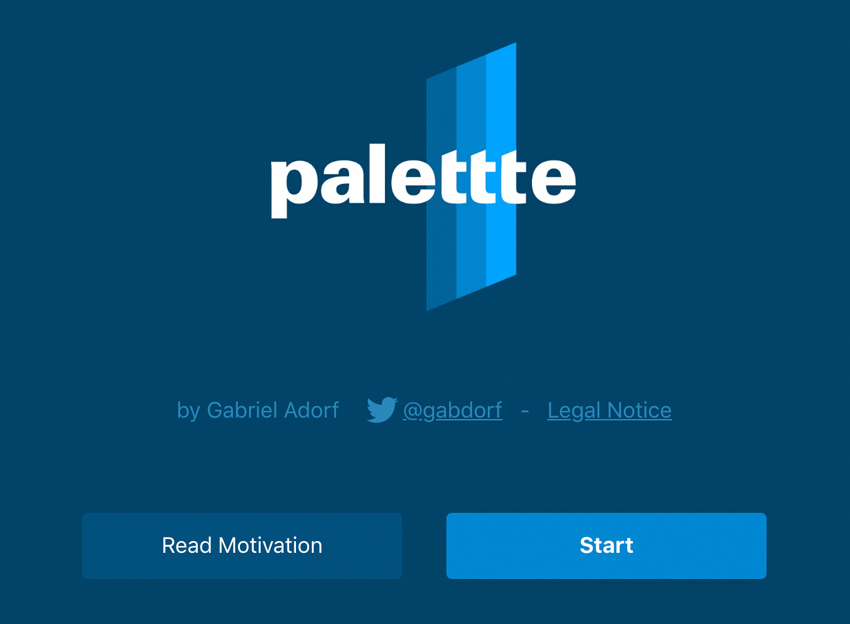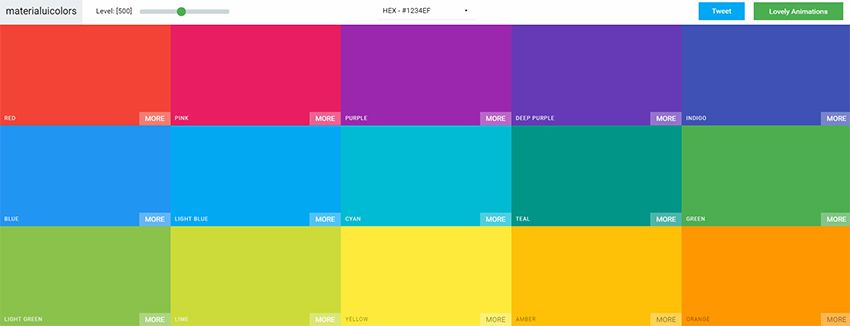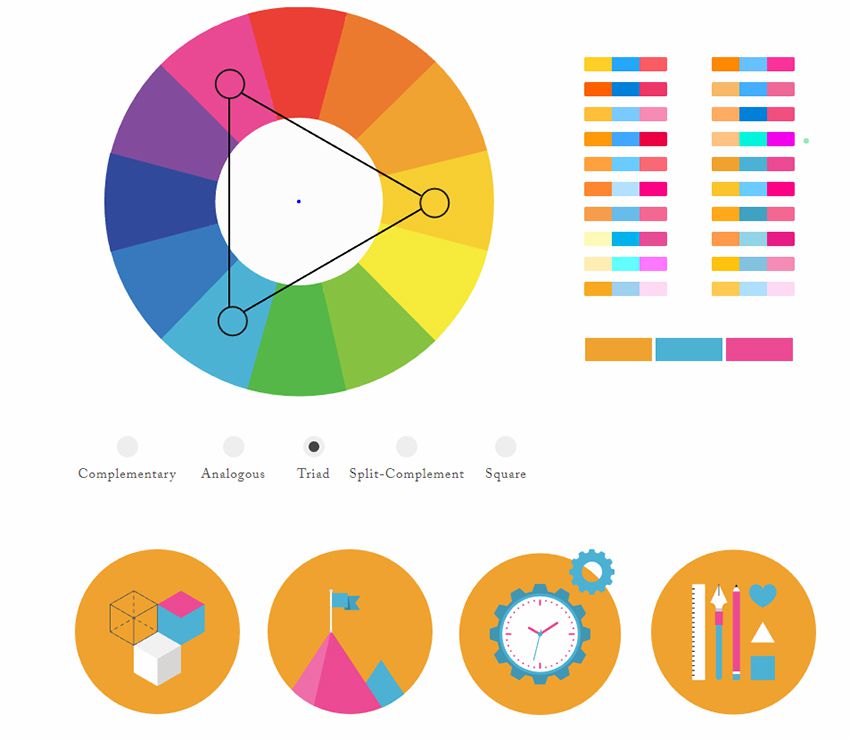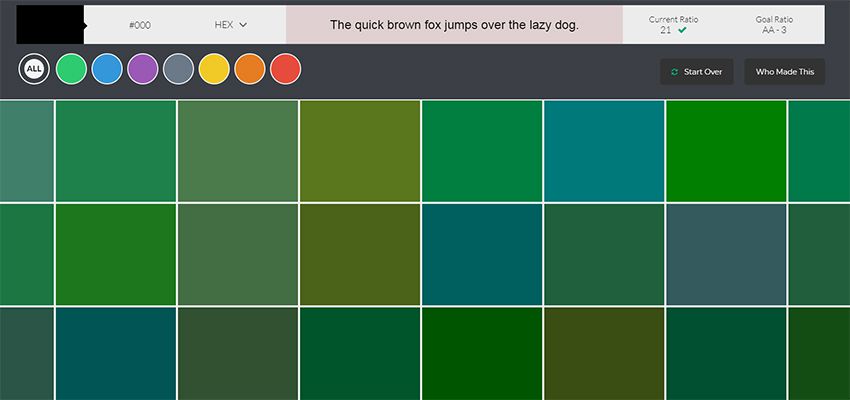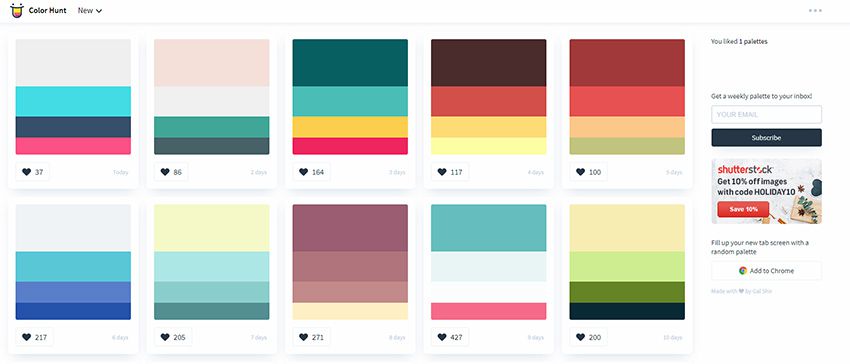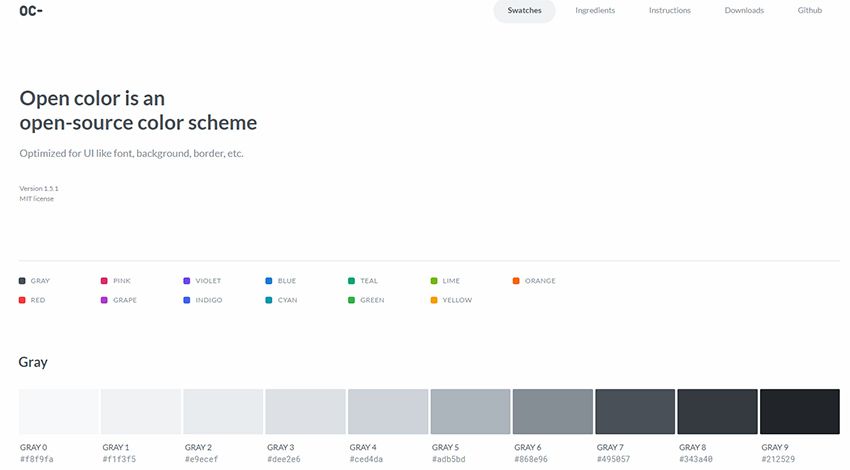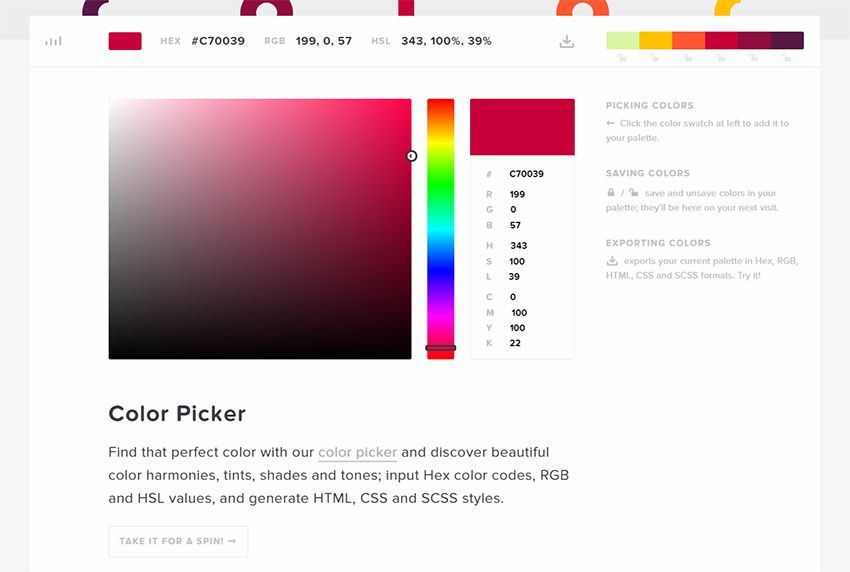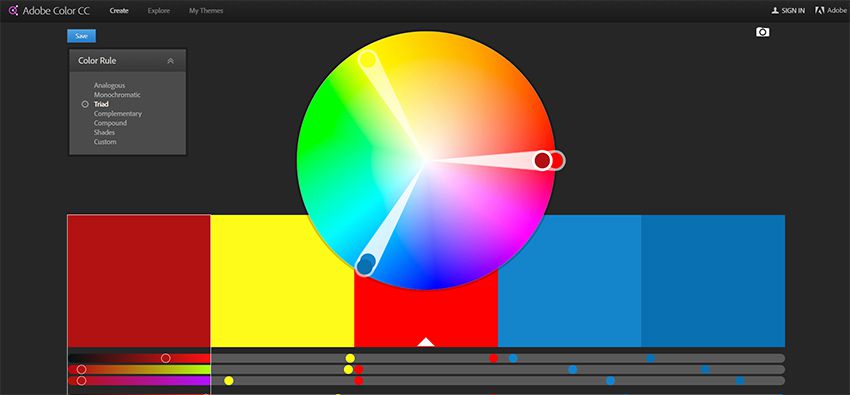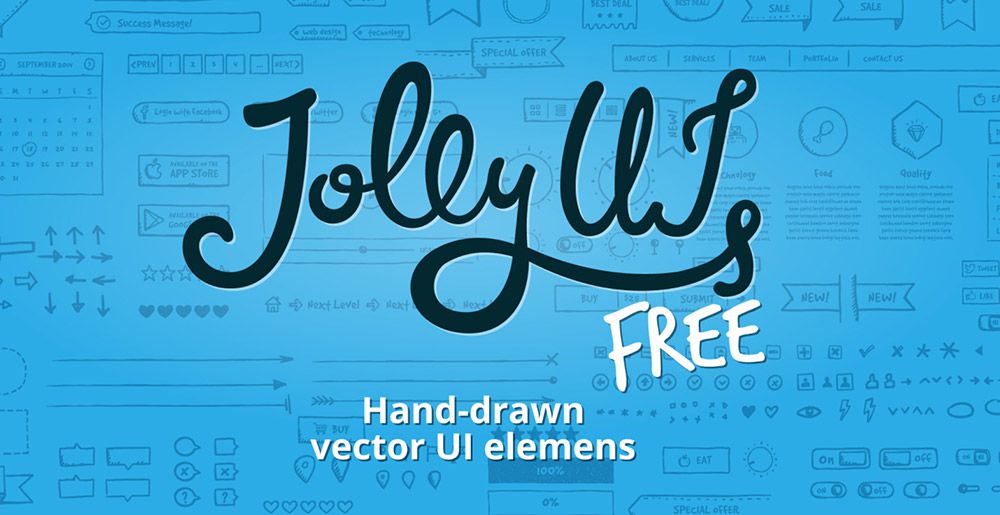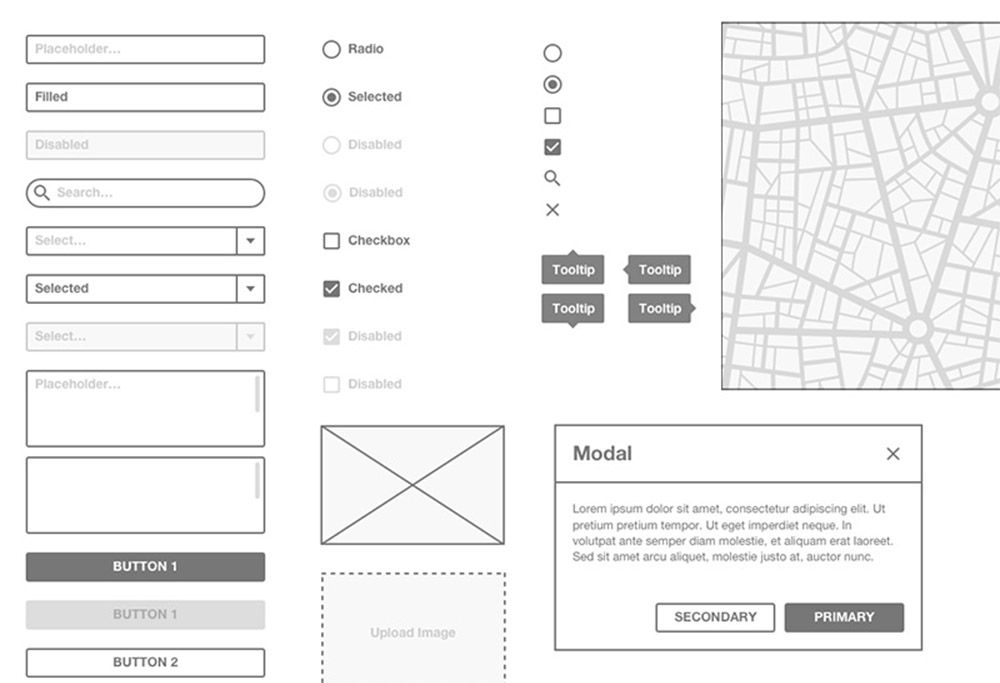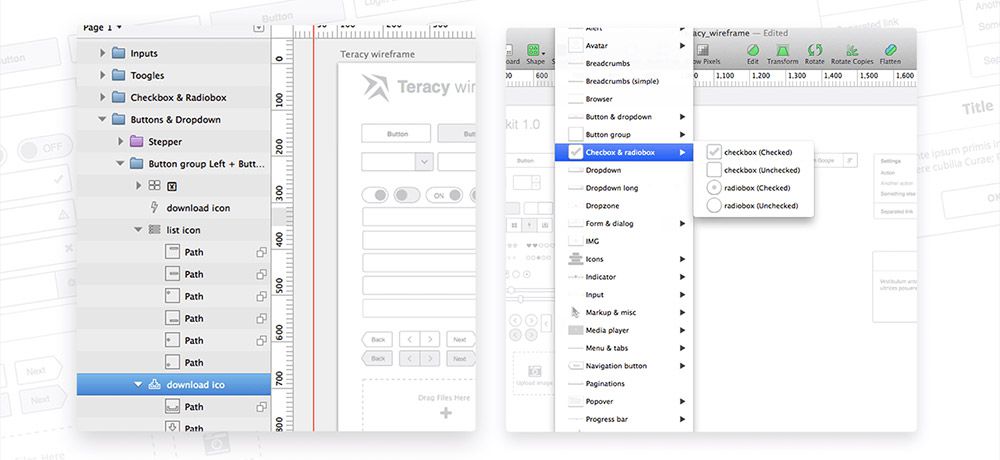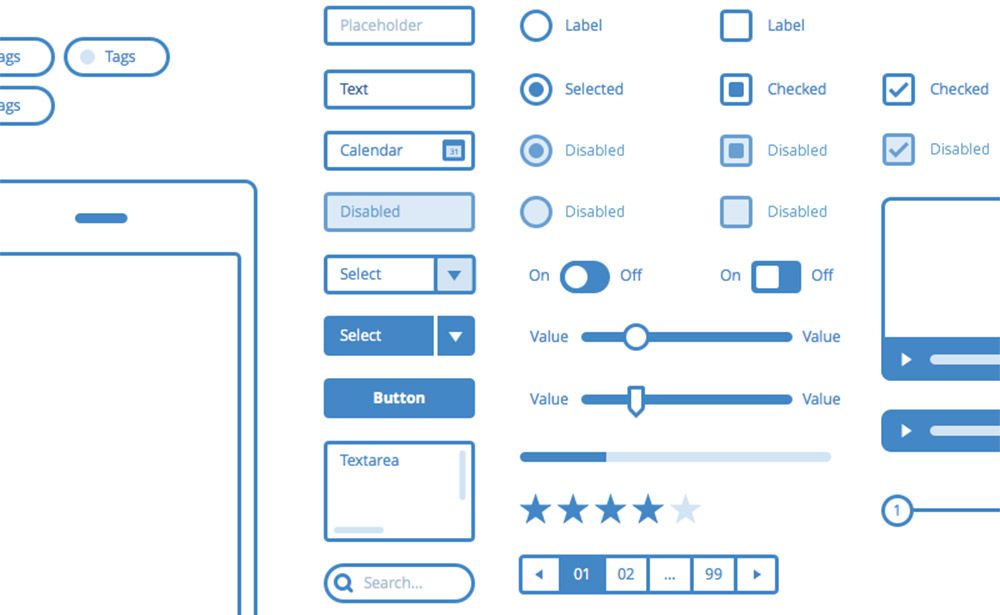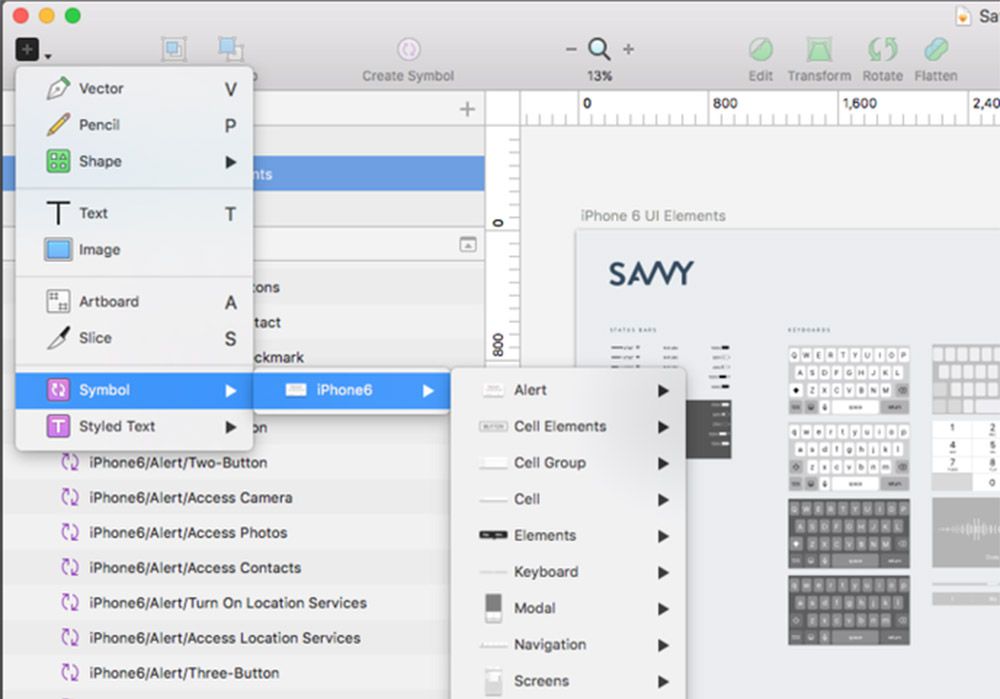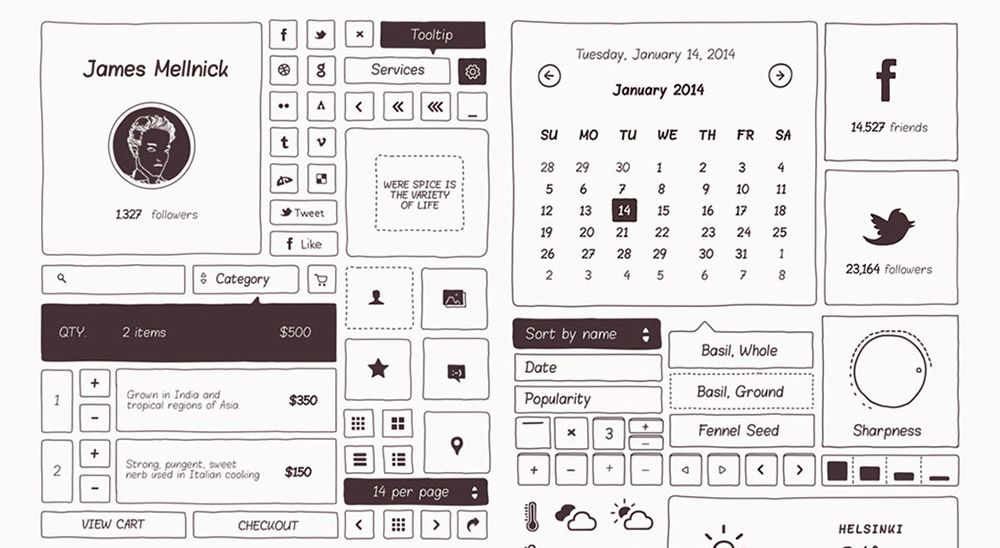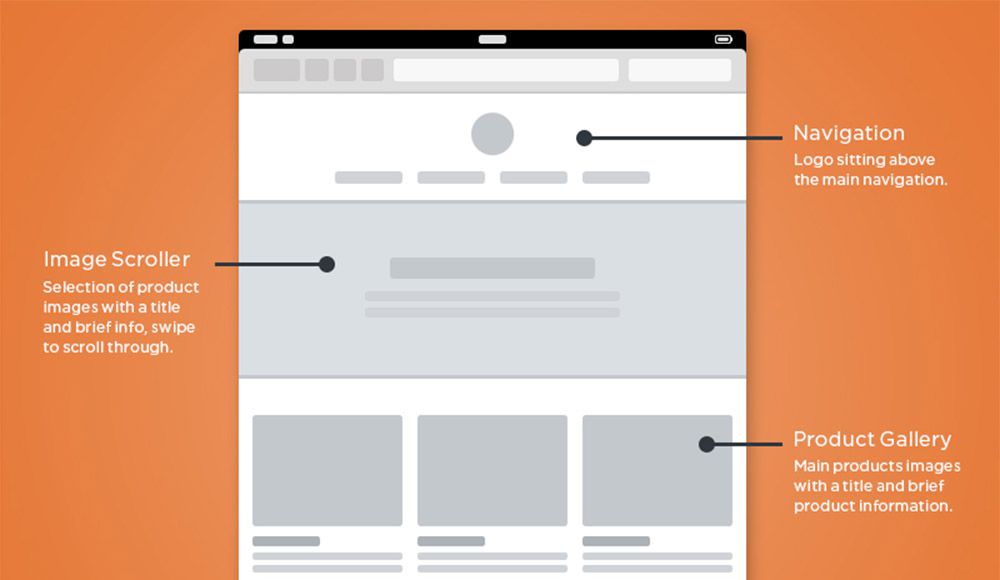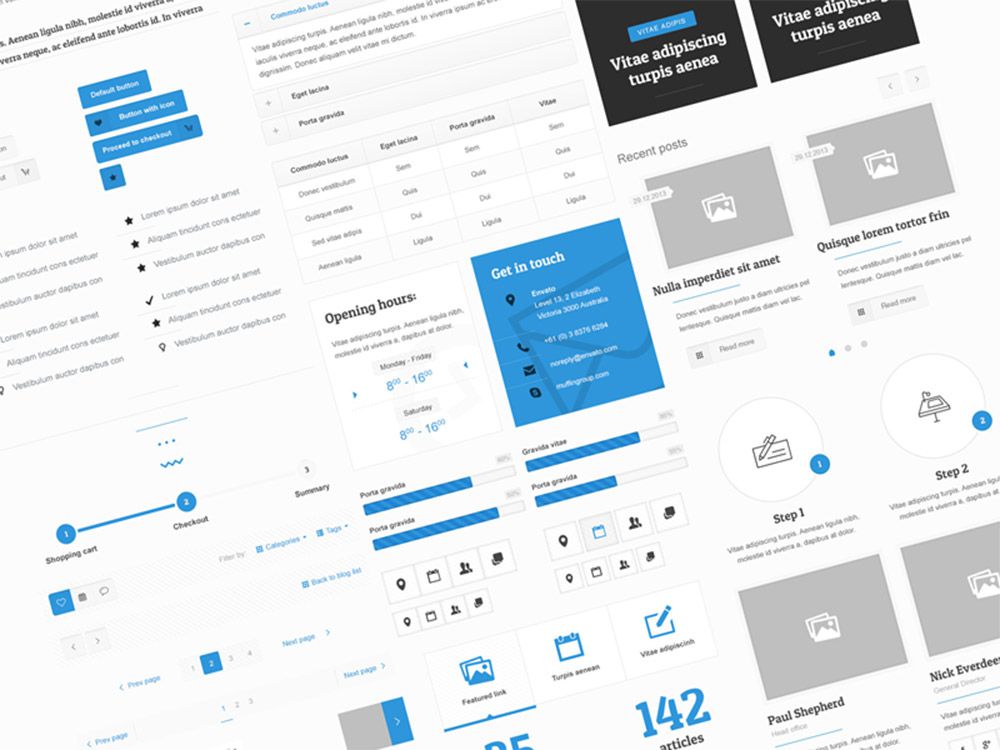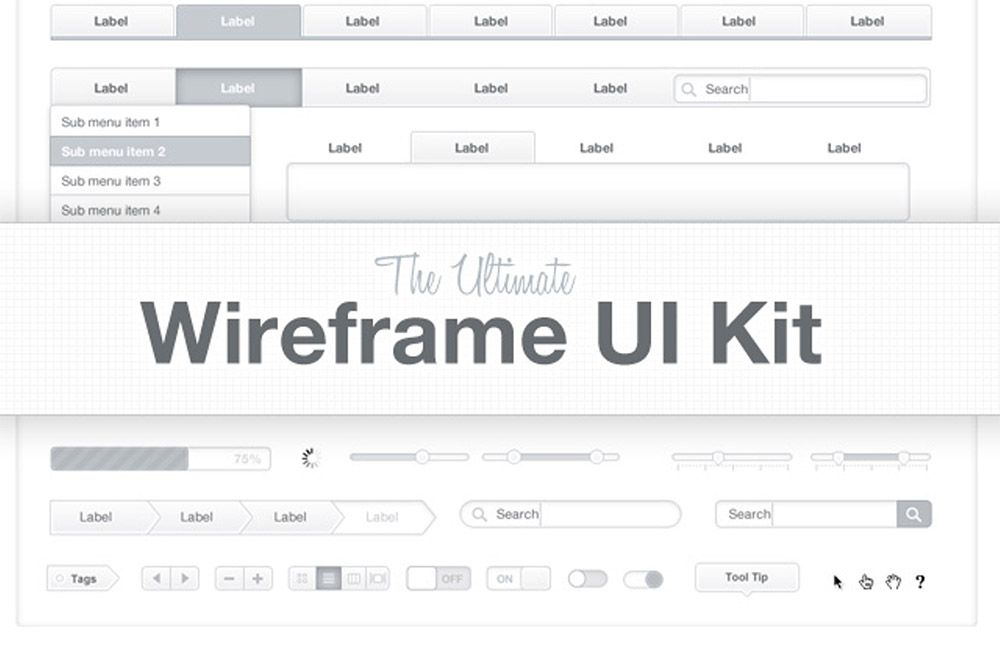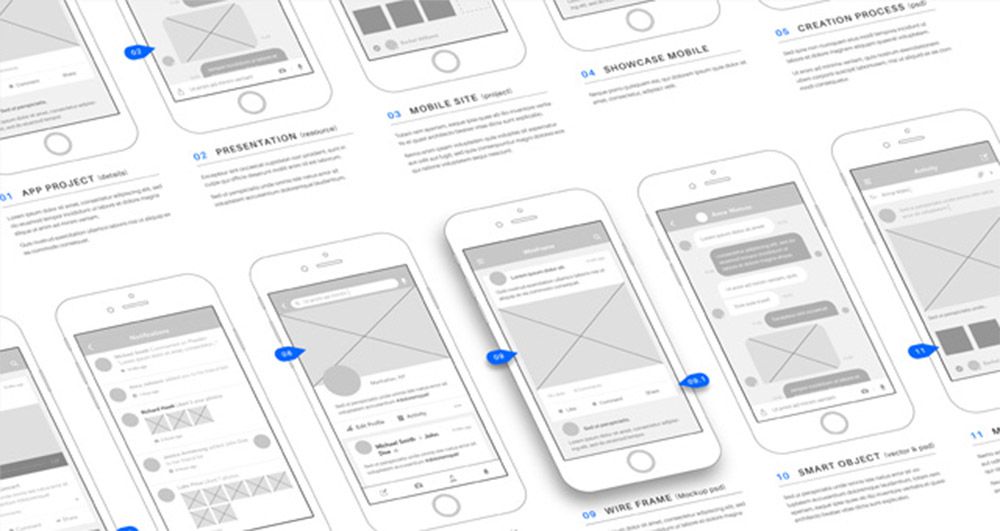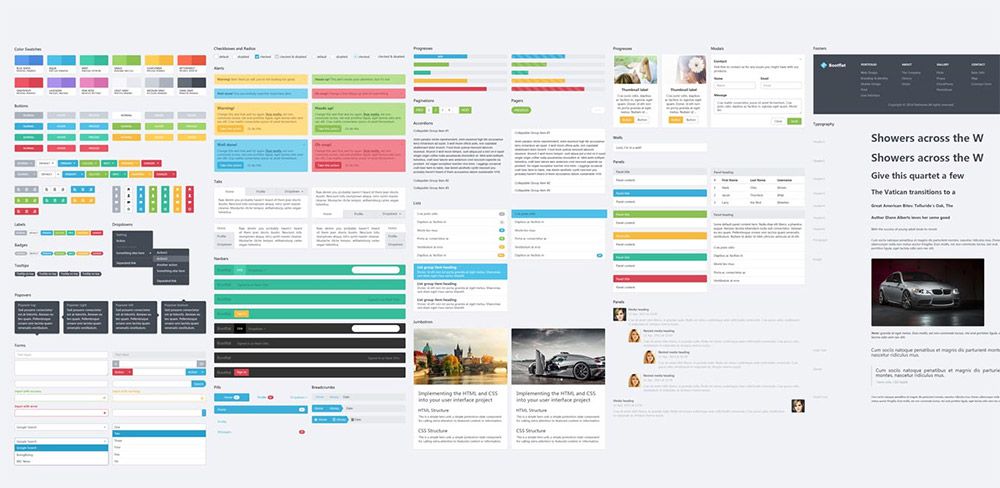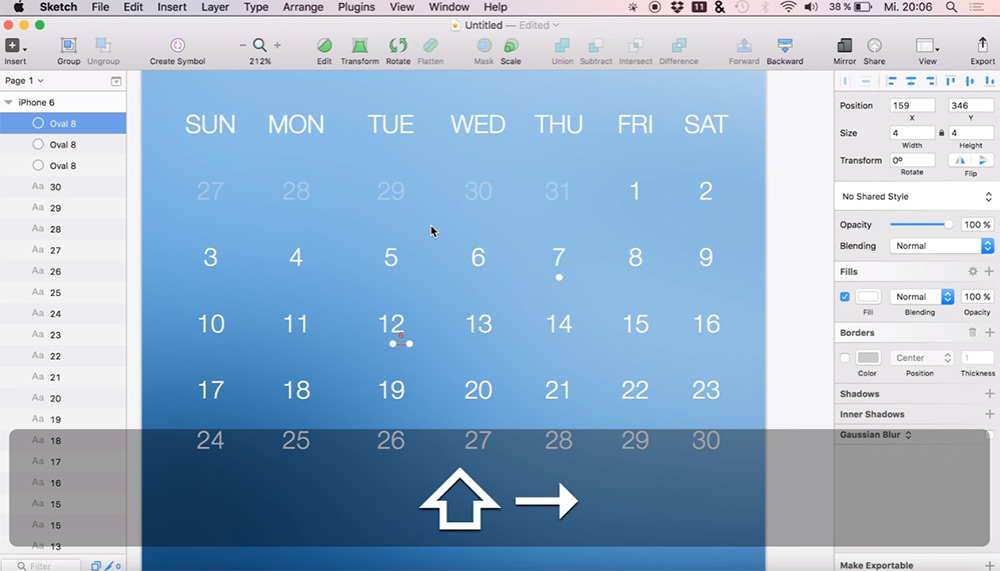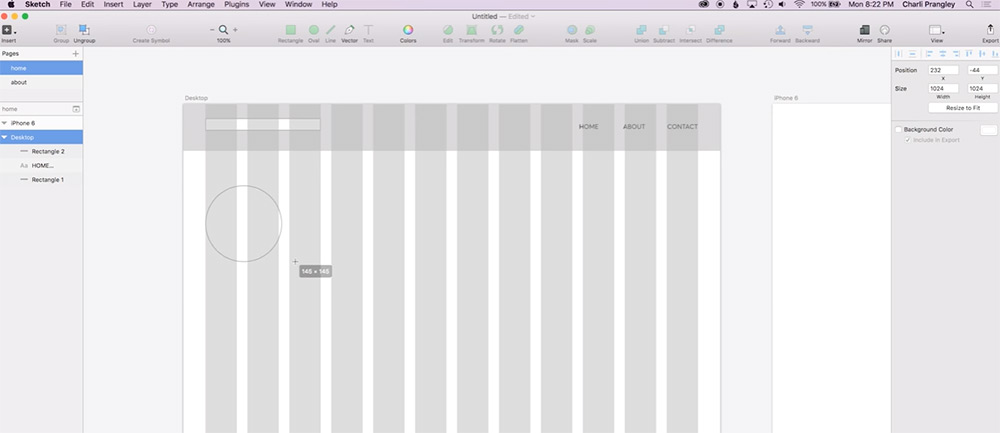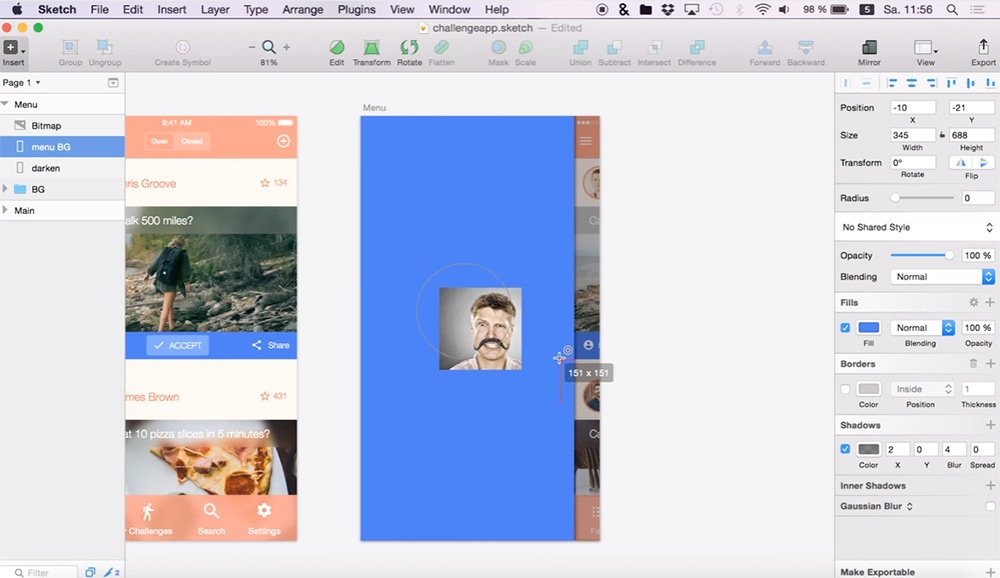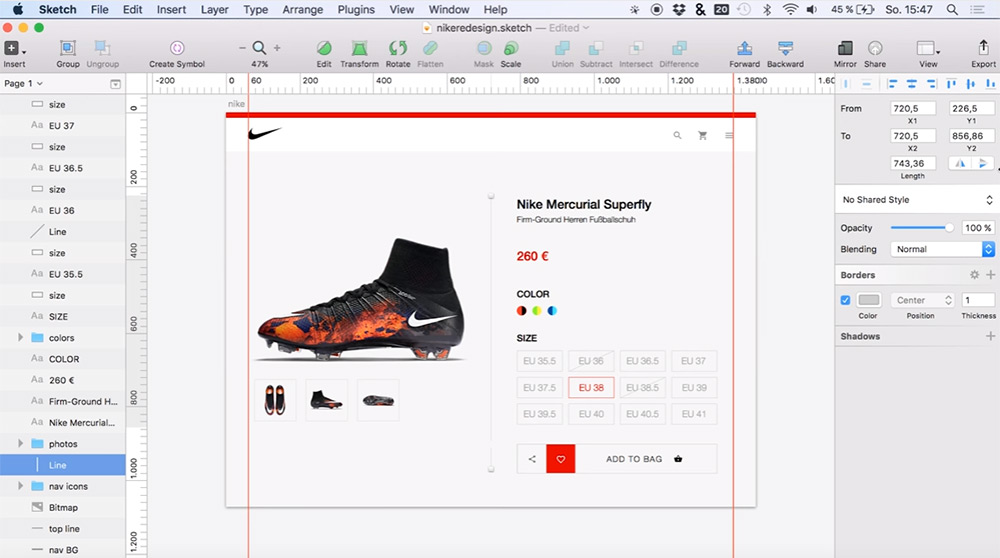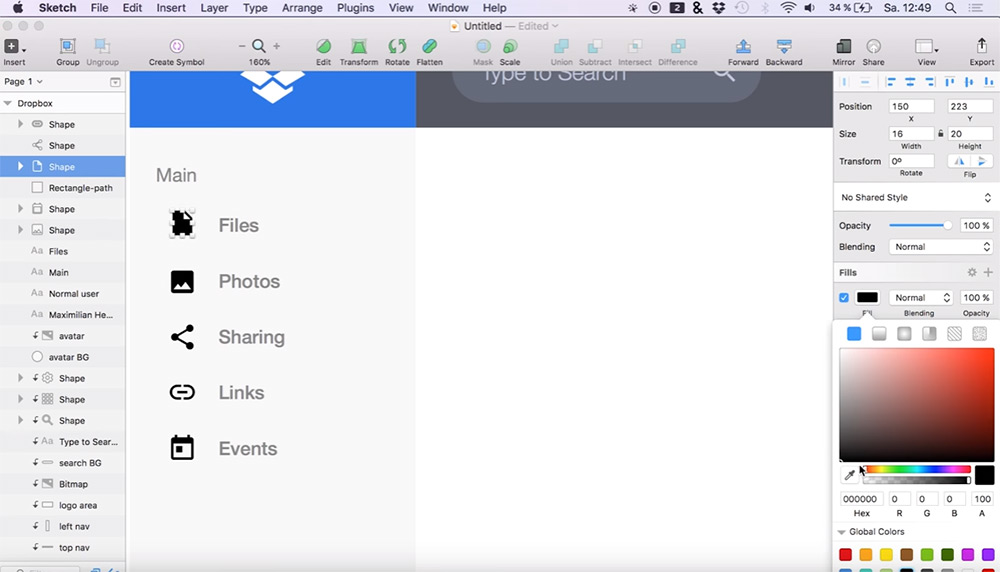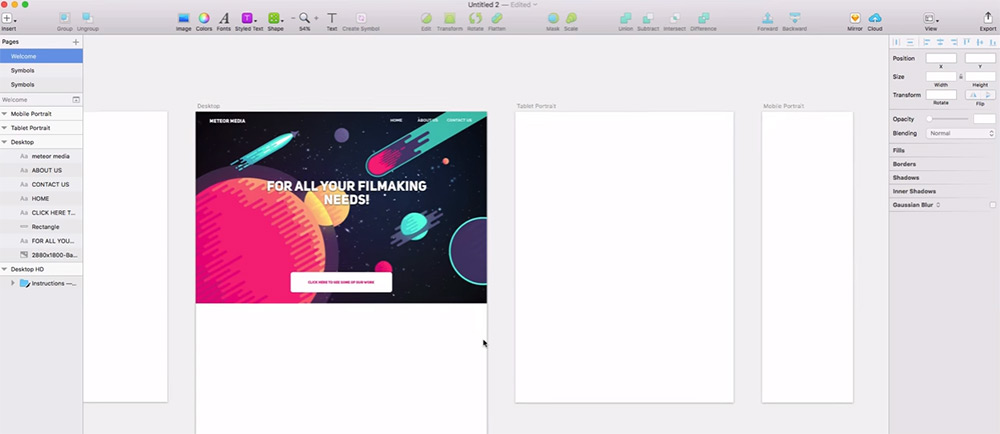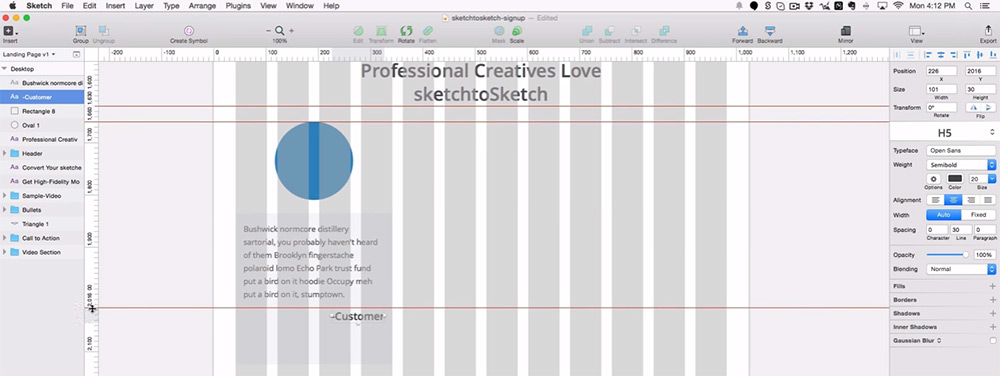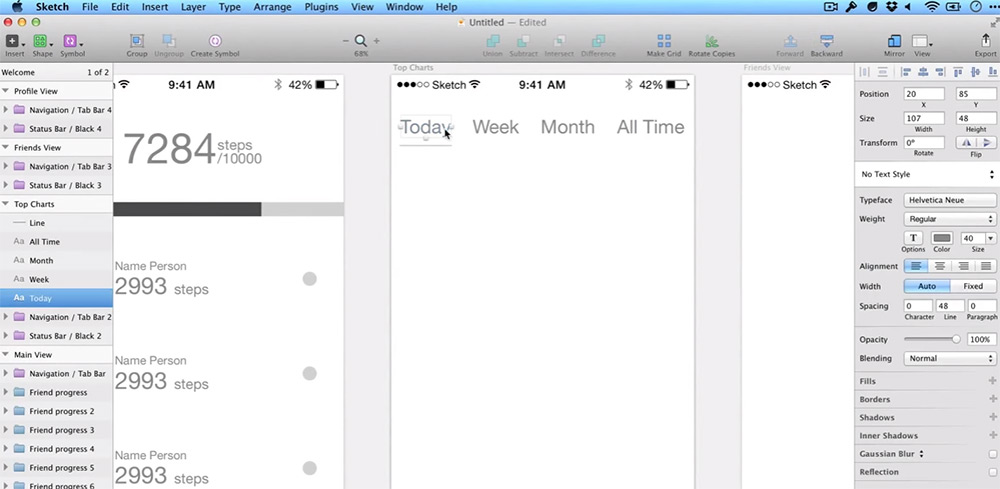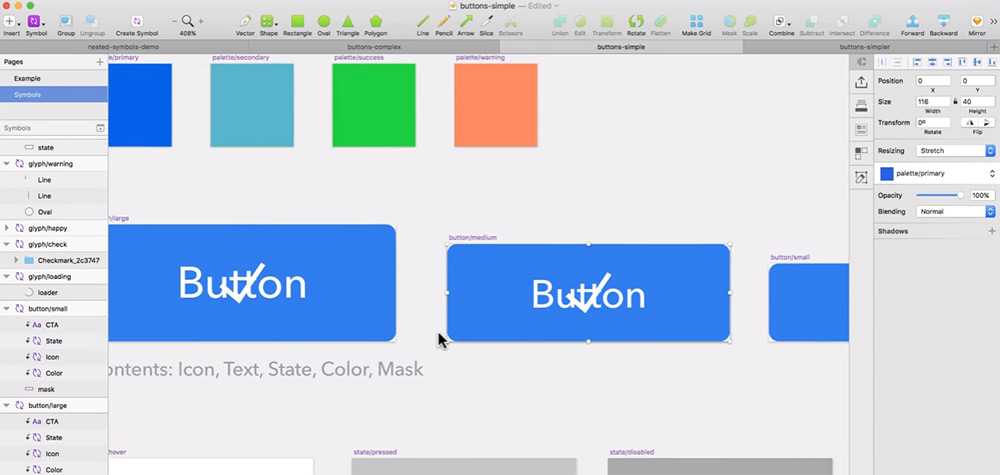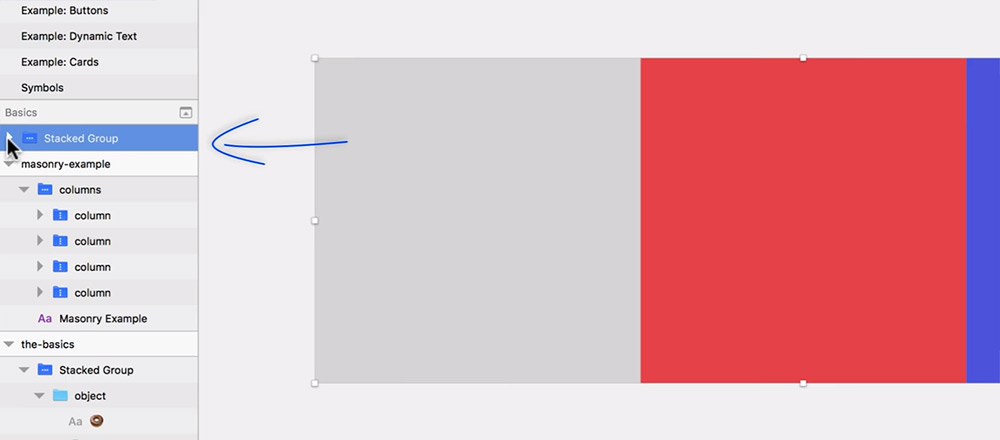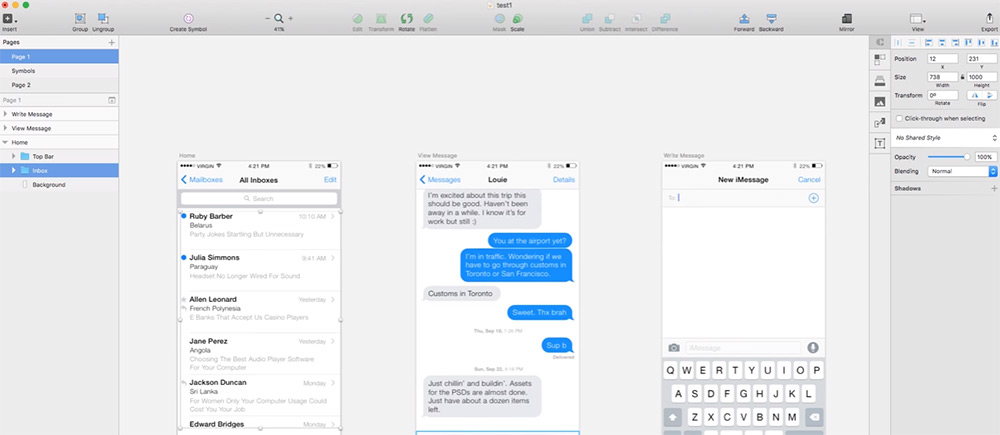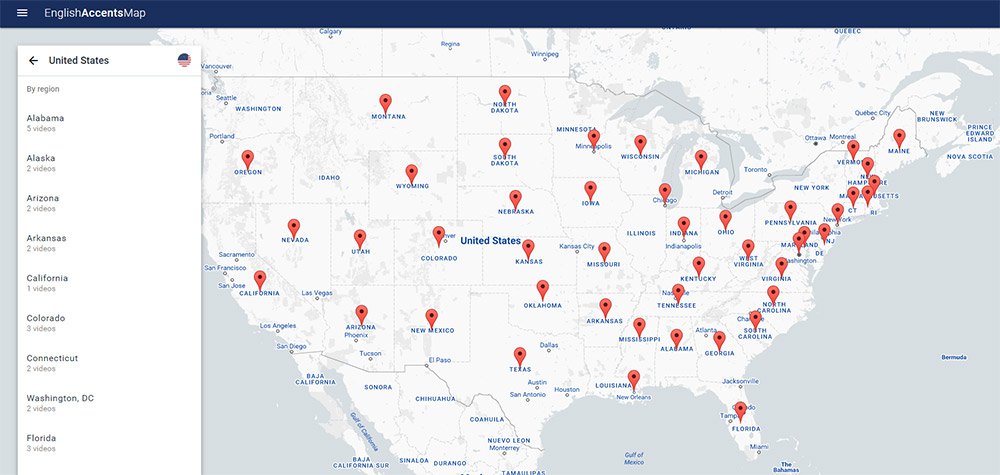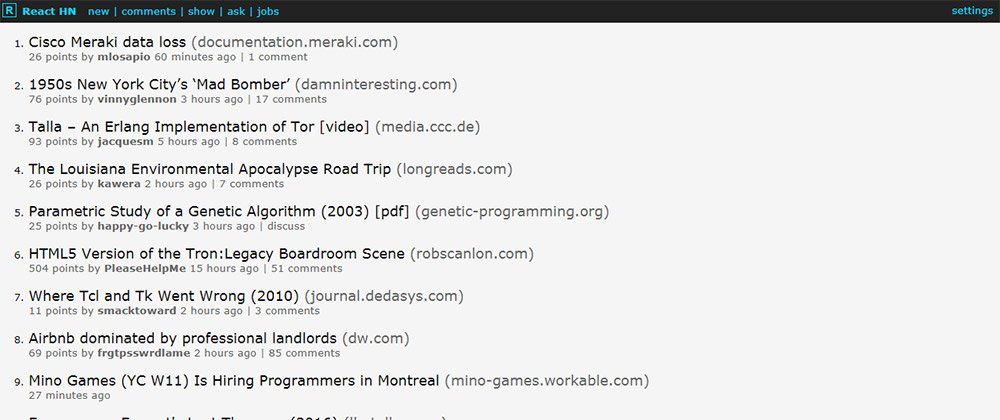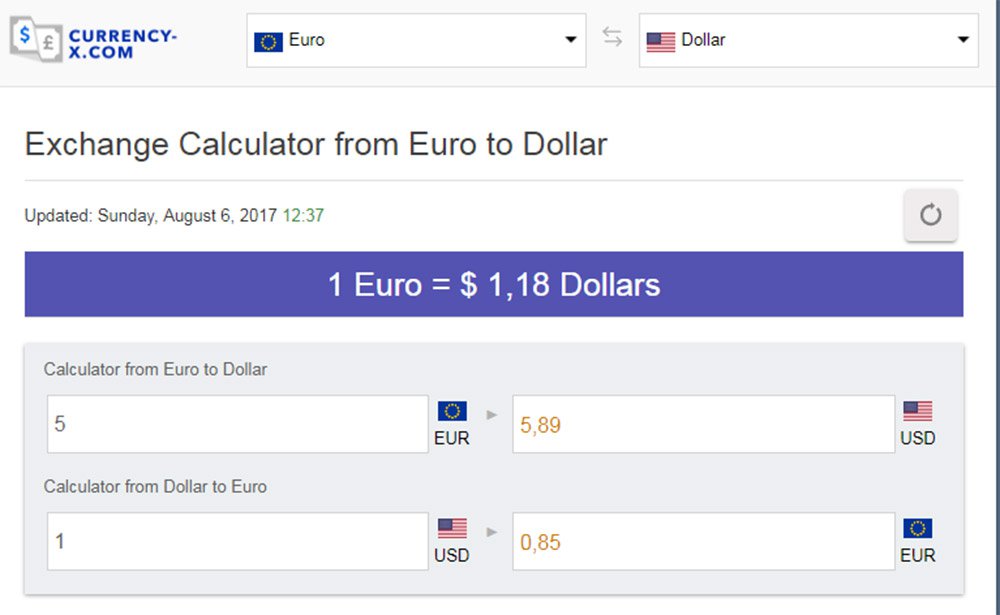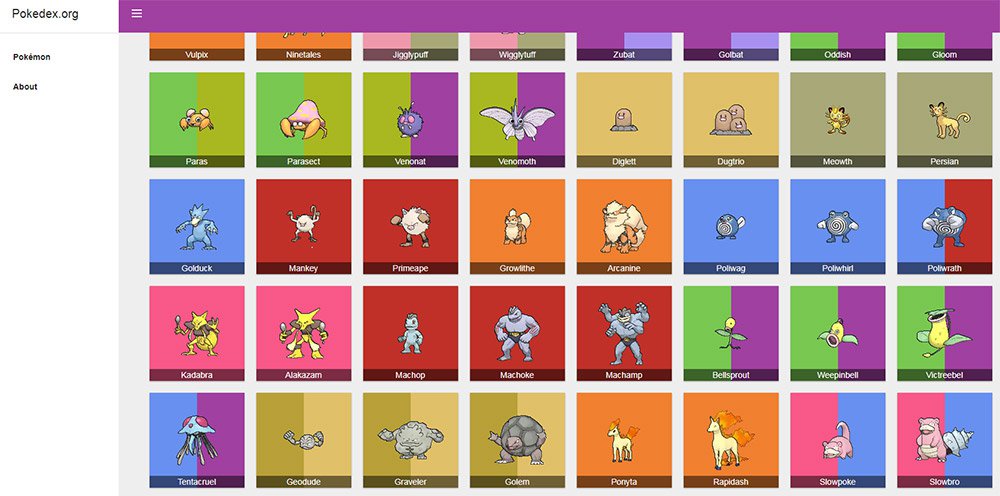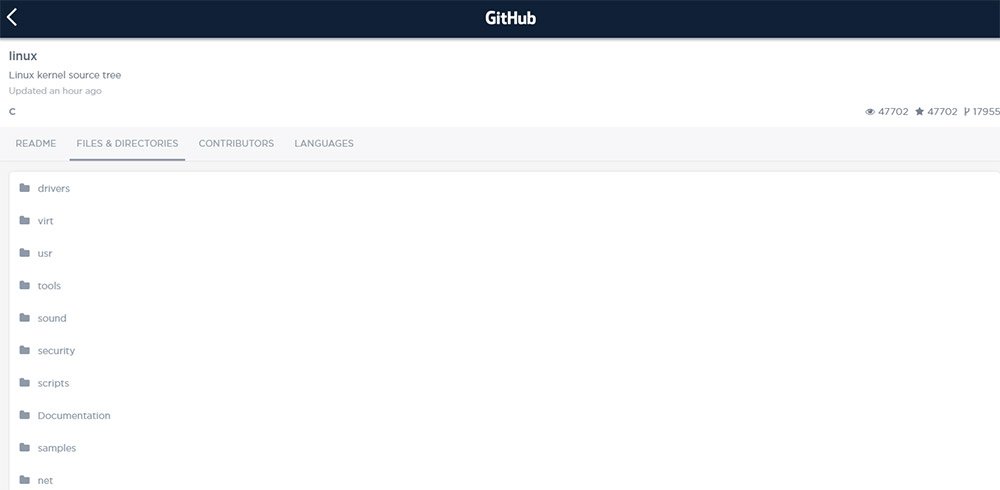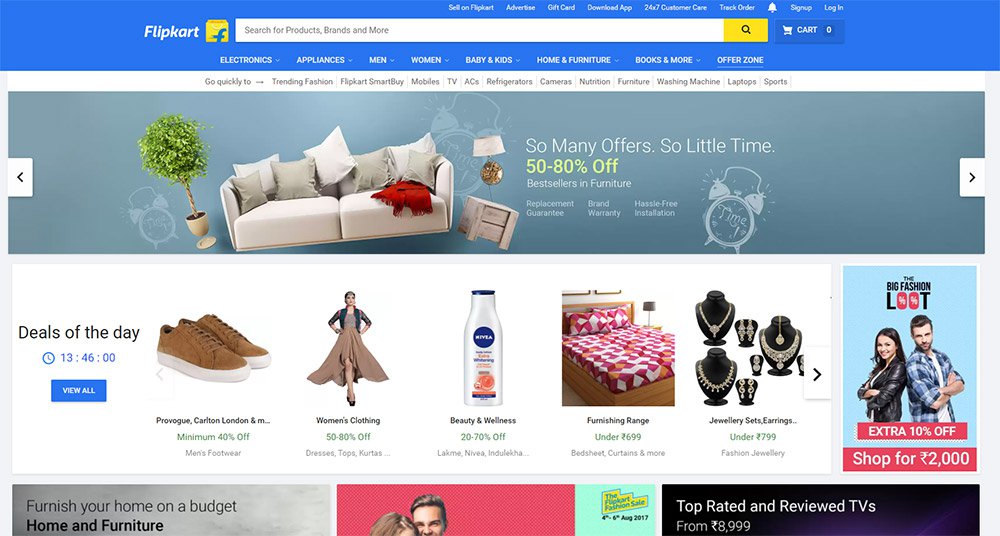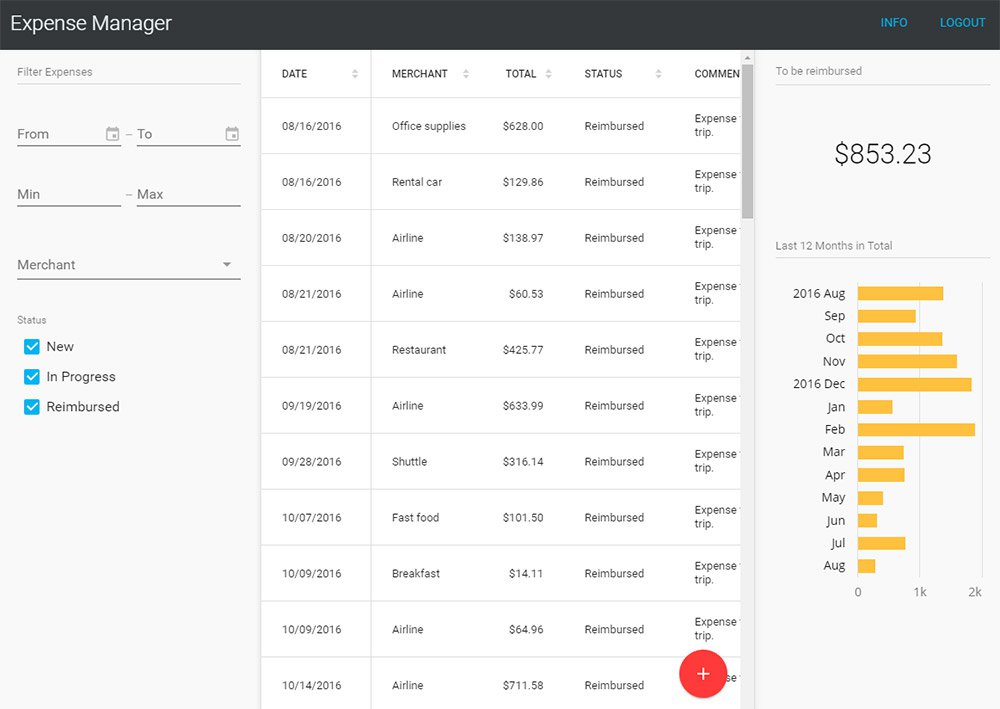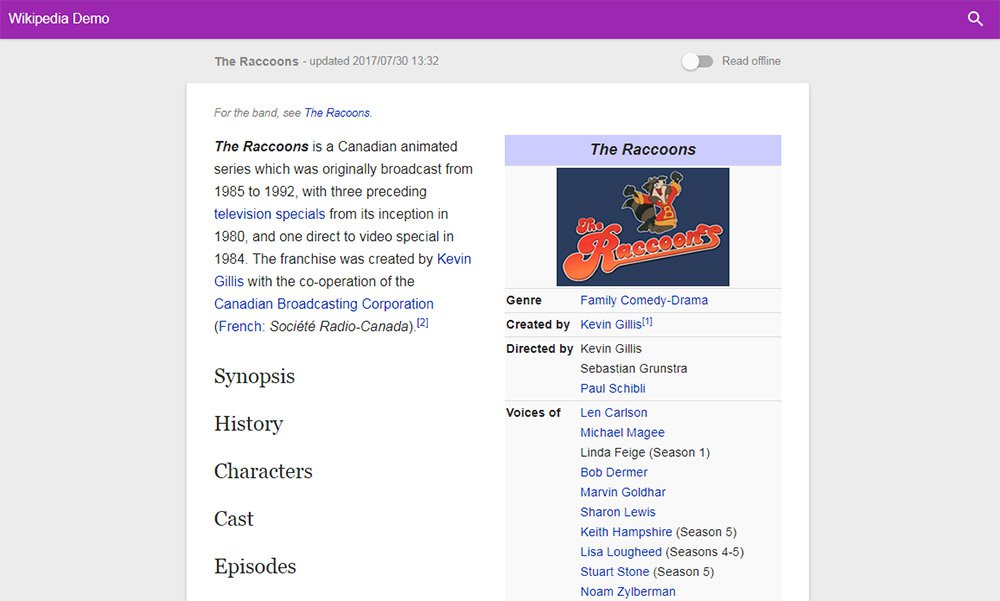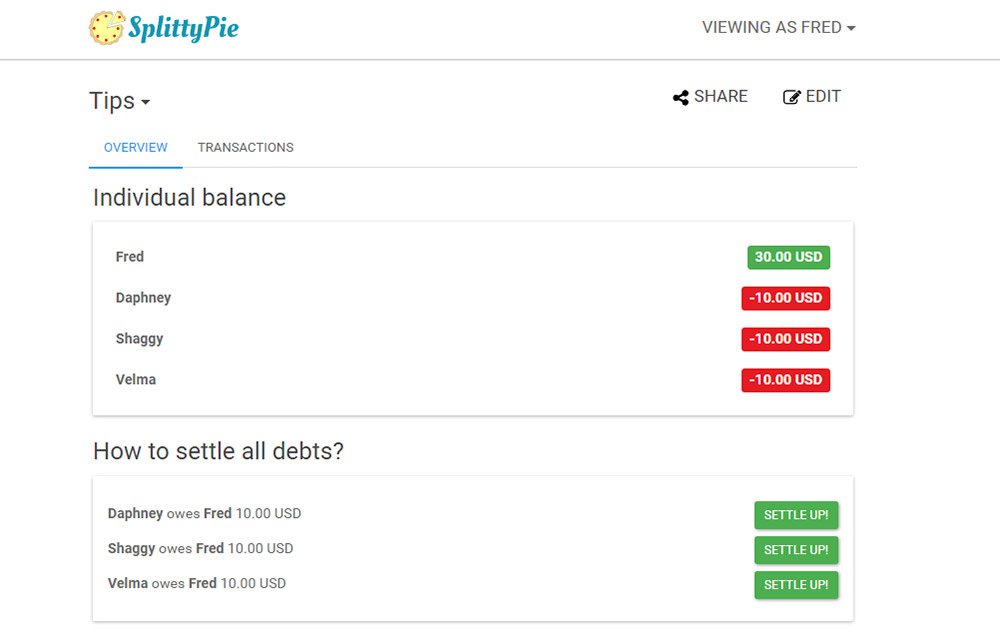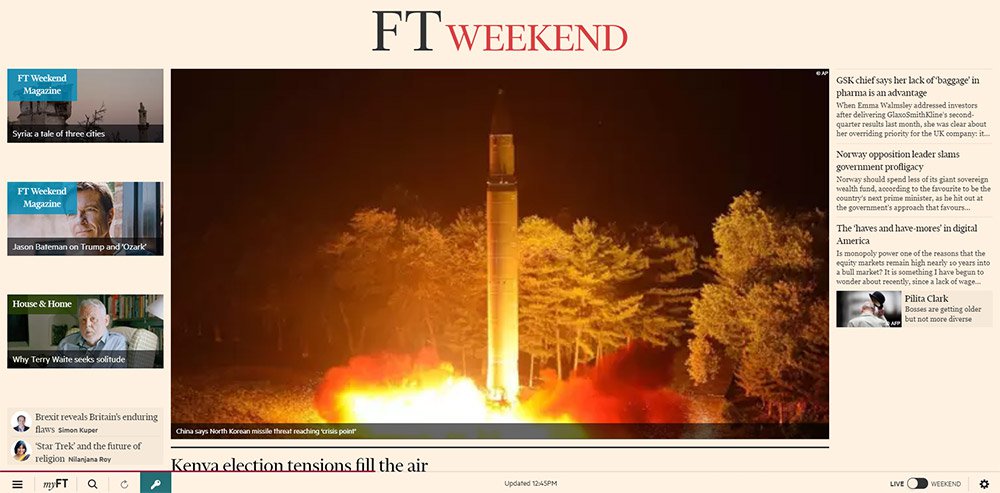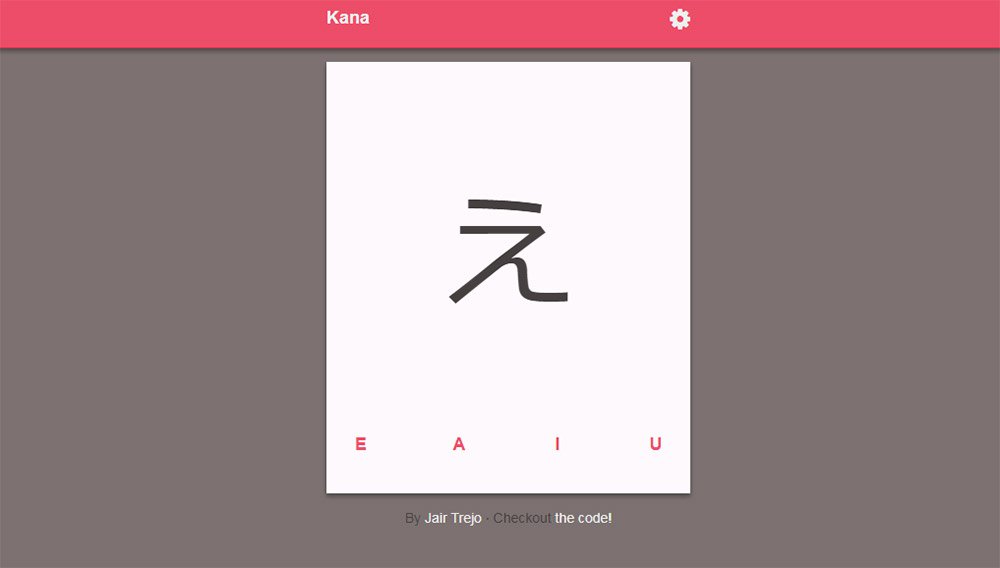Free stock photos have become a huge commodity on the web. They’re easier to find than ever before and it’s quite possible there are millions of these photos to choose from.
These free photos certainly make design work easier, but finding high-quality photos for hero images can be a real pain. That’s why I’ve curated the absolute best sites to help you find HQ photos for all your web design projects.
NegativeSpace
First in this collection is NegativeSpace, featuring a gorgeous high-resolution gallery of stock photos. But these photos don’t have that cheesy vibe you typically expect from stock photo sites.
They all look incredibly natural and they span a wide array of topics. You can find photos to use on a business website, a restaurant homepage, or even pictures to use as featured photos on your personal blog.
Categories are easy to browse through and the layout is incredibly simple. If you need genuine-looking stock photos then start with NegativeSpace.
Gratisography
Gratisography is probably the most unique site in this bunch, with thousands of some of the quirkiest and sometimes even weird free stock photos you can find.
Started by creative Ryan McGuire, these photos are truly one of a kind. Not only won’t you find them anywhere else, they are unlike any others that populate other stock photo sites. They are pretty specific in their uniqueness, so if you’re looking for that perfect fit photo (or vector illustration), you could find it here.
LibreStock
All the photos on LibreStock come from dozens of other sources. This site works like a search engine for CC0 stock photography where you can enter a search term and browse 40+ different sites all at once.
Since many stock photo sites are small, they also don’t have many photos. But the photos they do have are usually unique and not found elsewhere. So LibreStock saves you time searching all these sites at once and curating the results in one place.
This is my go-to resource to search all the smaller sites before visiting the larger ones. They’ve also recently launched a free video search engine as well.
Picography
Next on the list is Picography, with a constant stream of new photos added every day. Not only are many of these photos unique to this site, but there are thousands to choose from and more to come.
This site is easy to search so you can find just the right photo for your needs and you’re not likely to see it being used anywhere else.
StockSnap
With StockSnap you can actually make your own account and curate all your favorite photos together.
All StockSnap photos are CC0 and they’re certainly large enough for hero images. And since you can bookmark your favorites you have easy access to find the original photographer, the tags, and even related photos based on size/color and content.
Stockvault
Stockvault has been around awhile, and that means it has, well, a literal vault full of thousands of free stock photos available for download. Search the vast collection and you will find a wide variety of pics for whatever you need.
Startup Stock
Tech blogs and startups thrive on great photography. That’s why Startup Stock Photos has to be in this list.
It’s a fairly new website but the quality is exquisite. I haven’t seen these photos anywhere else so they must be uniquely featured here with the goal of helping writers & startup founders add quality images to their site.
You can read a bit more about the site in this post written by one of the creators.
ShotStash

ShotStash is a bit of a “boutique” type of stock photo site, aimed at “creative professionals”. With a smaller but more specific selection you should be able to find some solid unique options here.
ISO Republic
ISO Republic has a great mix of free stock photos and videos with a variety of subjects, including business, technology, food, and many others. One really nice feature is being able to narrow your search to videos only, if that’s what you’re looking for. All of their content is under CC0 license so you can download, edit, and reuse them on any projects. Awesome!
Foodie Factor
If you’re looking for high quality and unique images of delicious food beyond today’s Instagram fare, Foodie Factor is a great resource to bookmark. It’s a very specific niche, but this recently relaunched site has beautiful photos of wonderful dishes that will add mouth-watering depictions to your projects. Check it whenever you’re looking for food-related free stock photos, as they are adding new photos all the time.
These are my favorite hero image resources but there are many others, like Free Nature Stock that you might like to try. CC0 images are so commonplace that it’s tough to even keep up with all the photos!
But if you keep some of these sites bookmarked you’ll have access to the vast majority of new images right at your fingertips.













